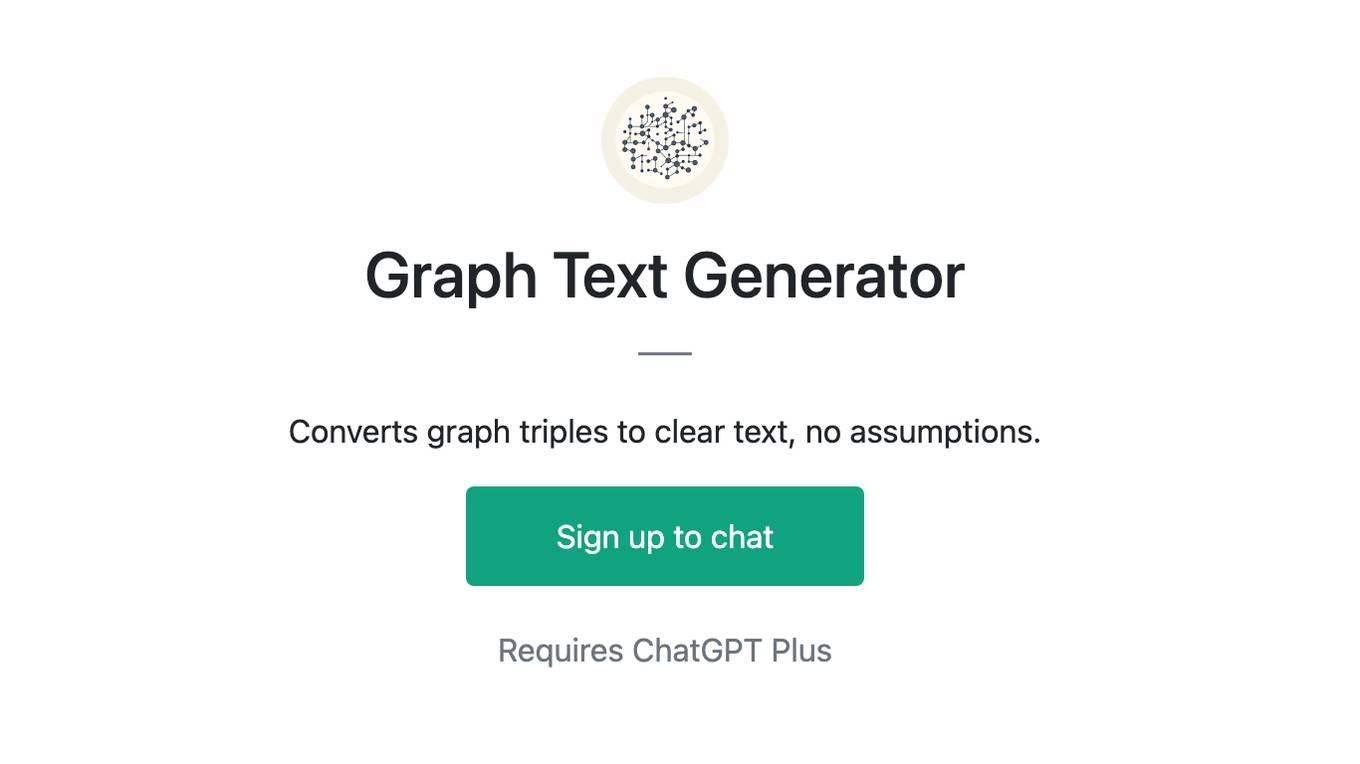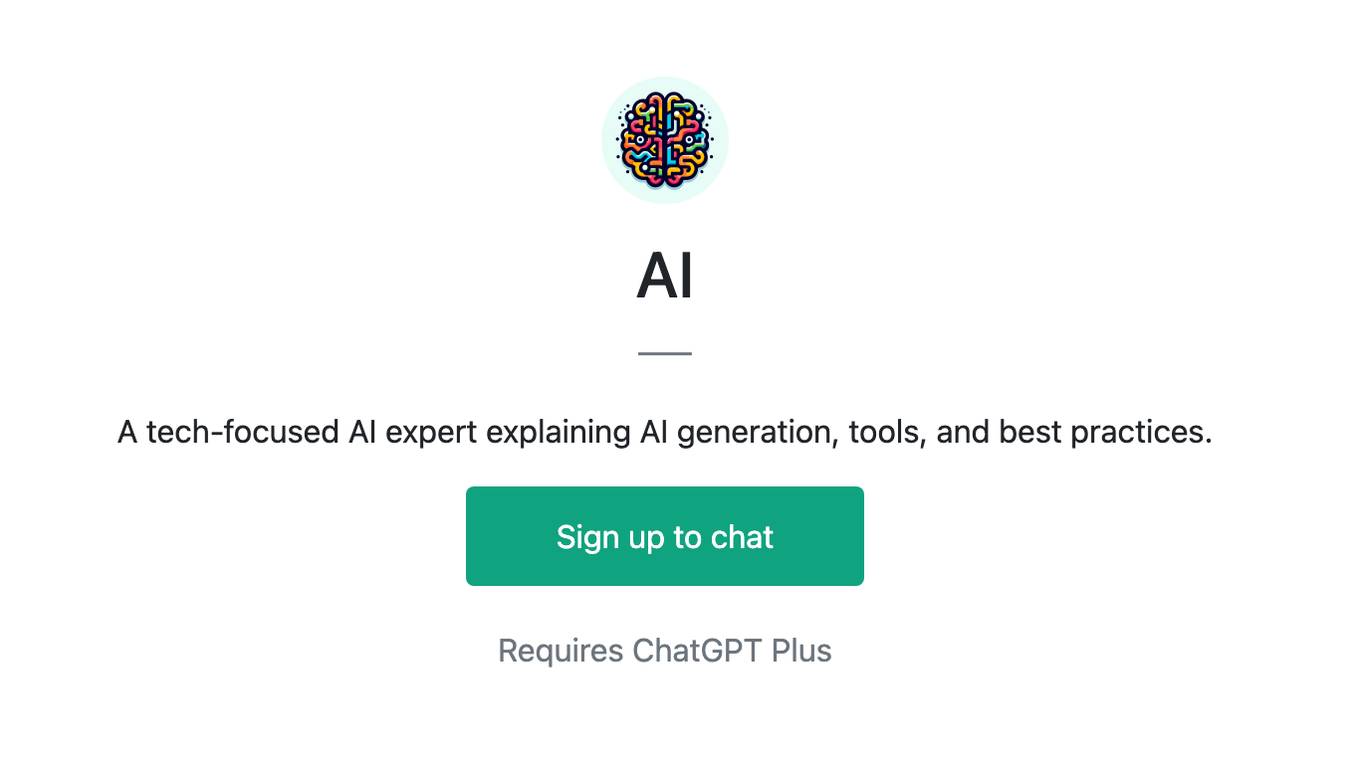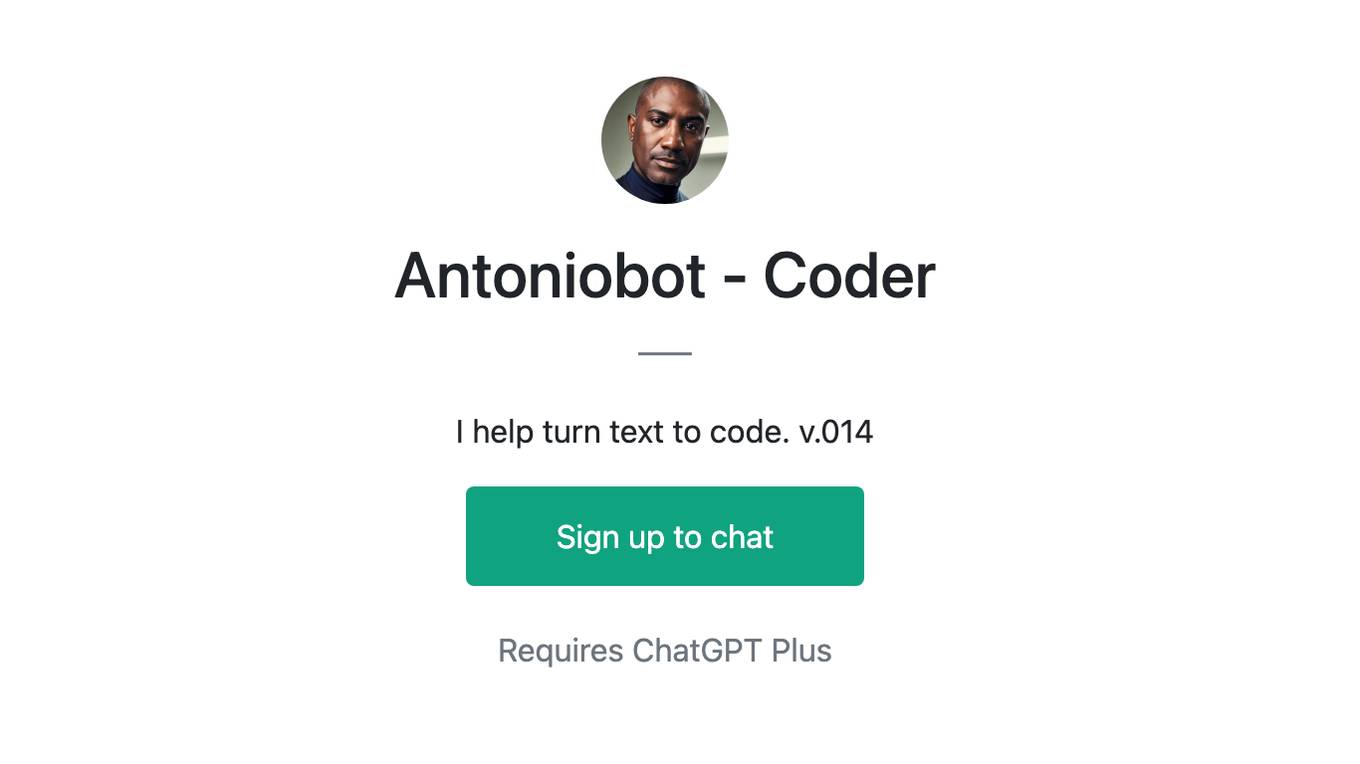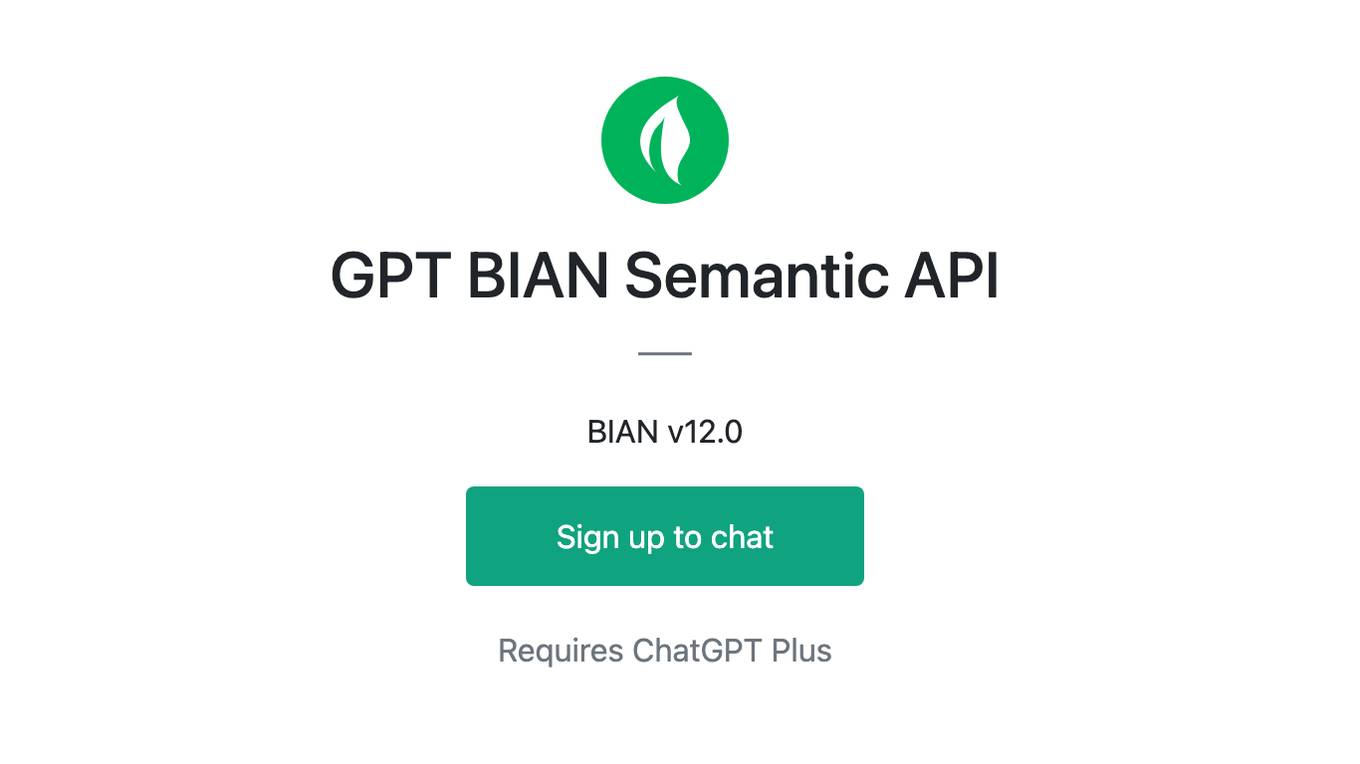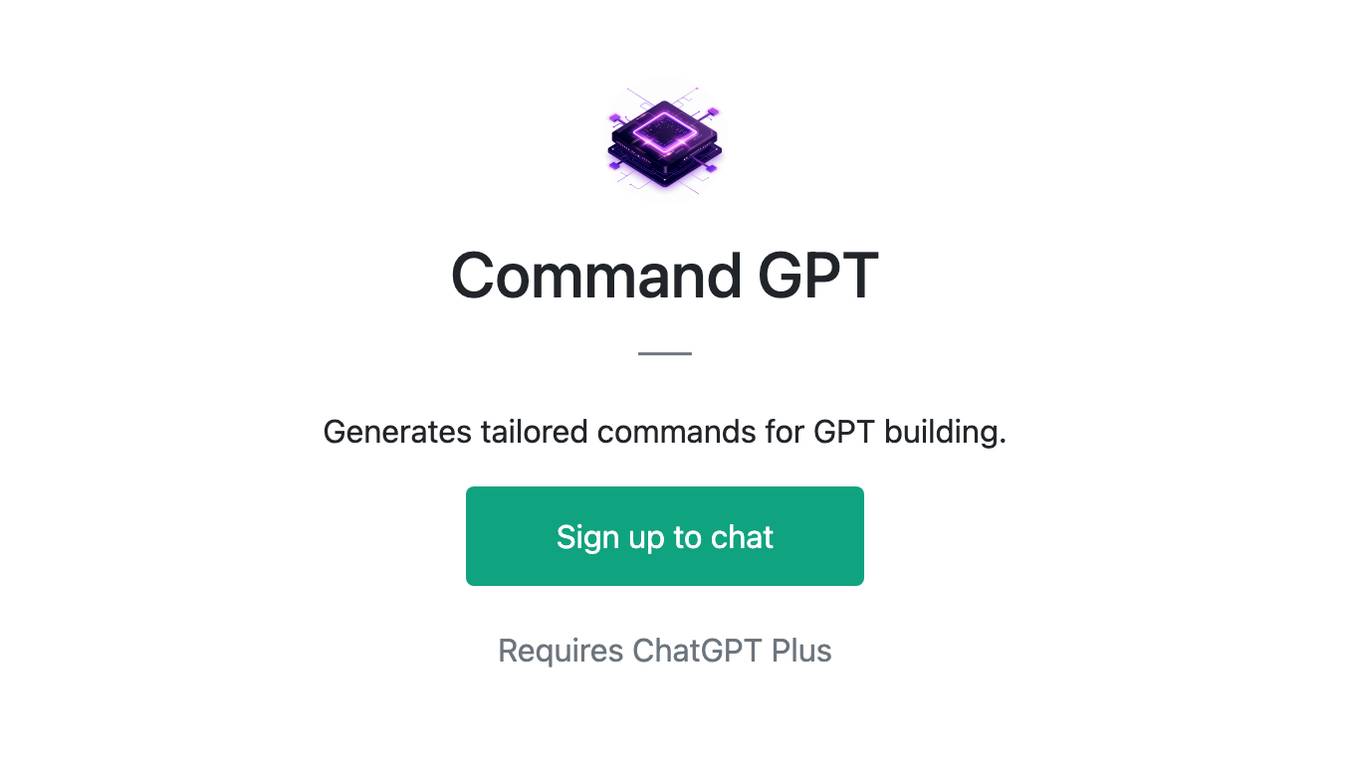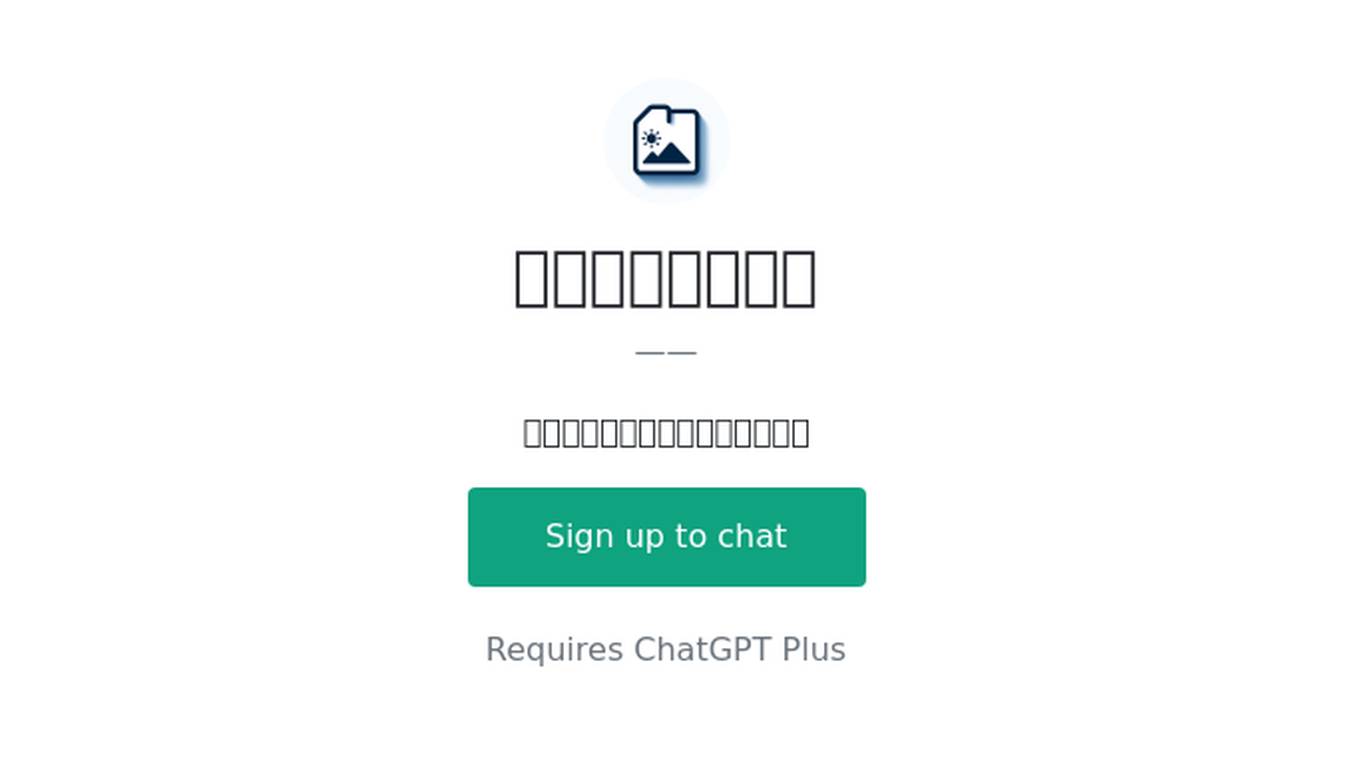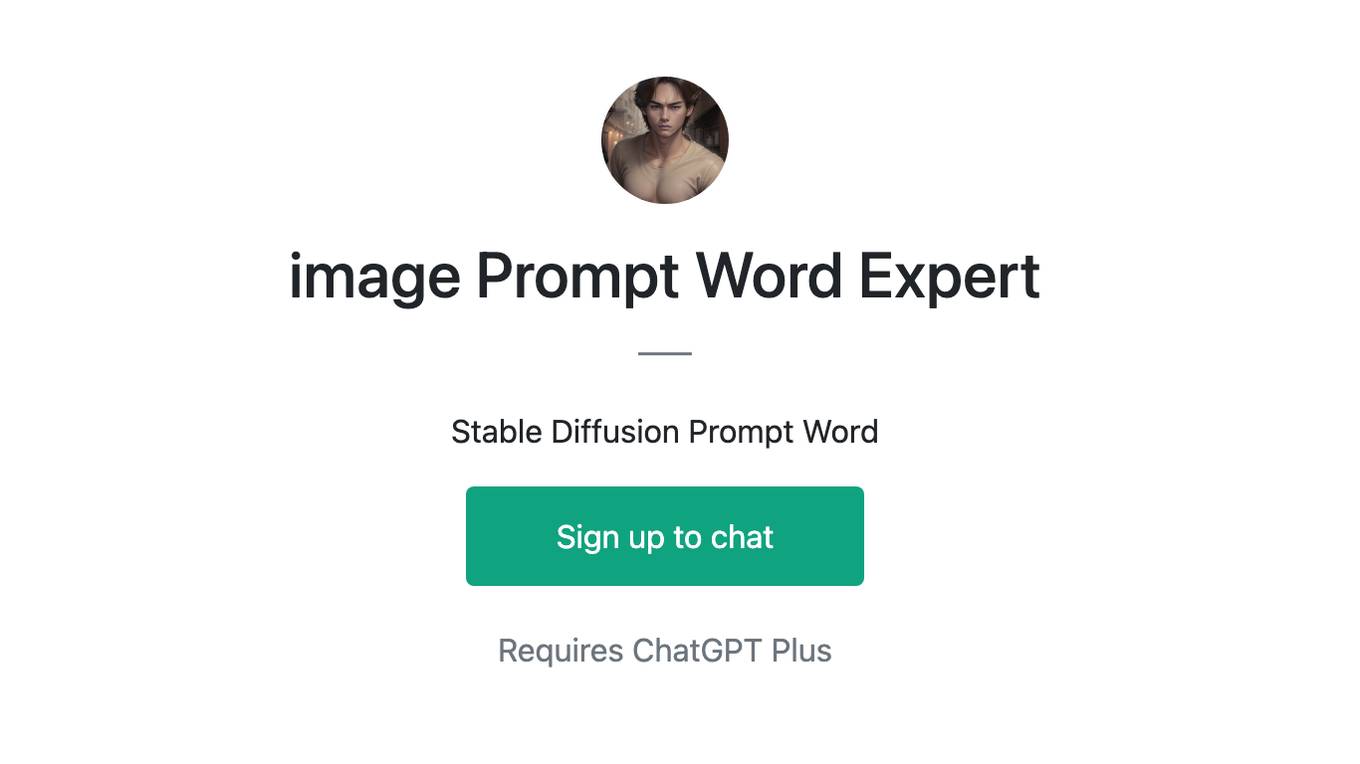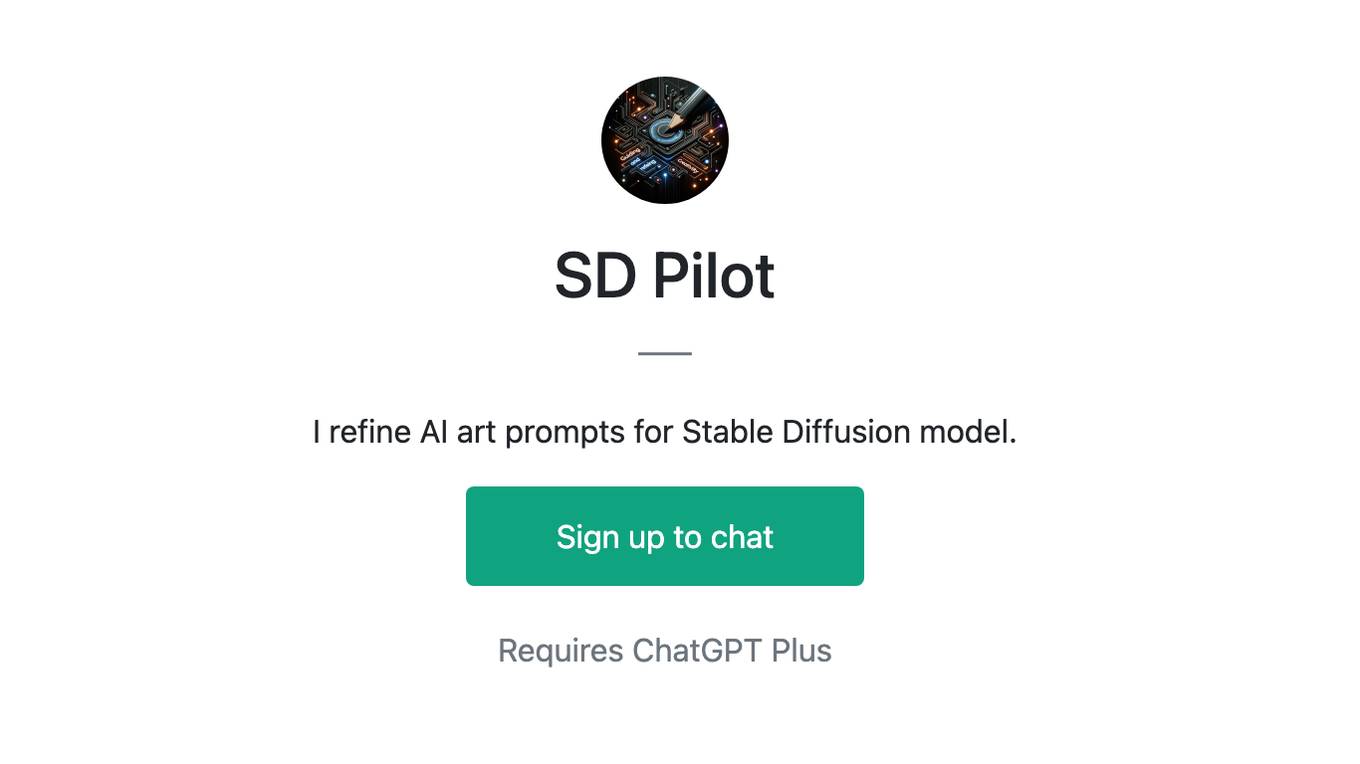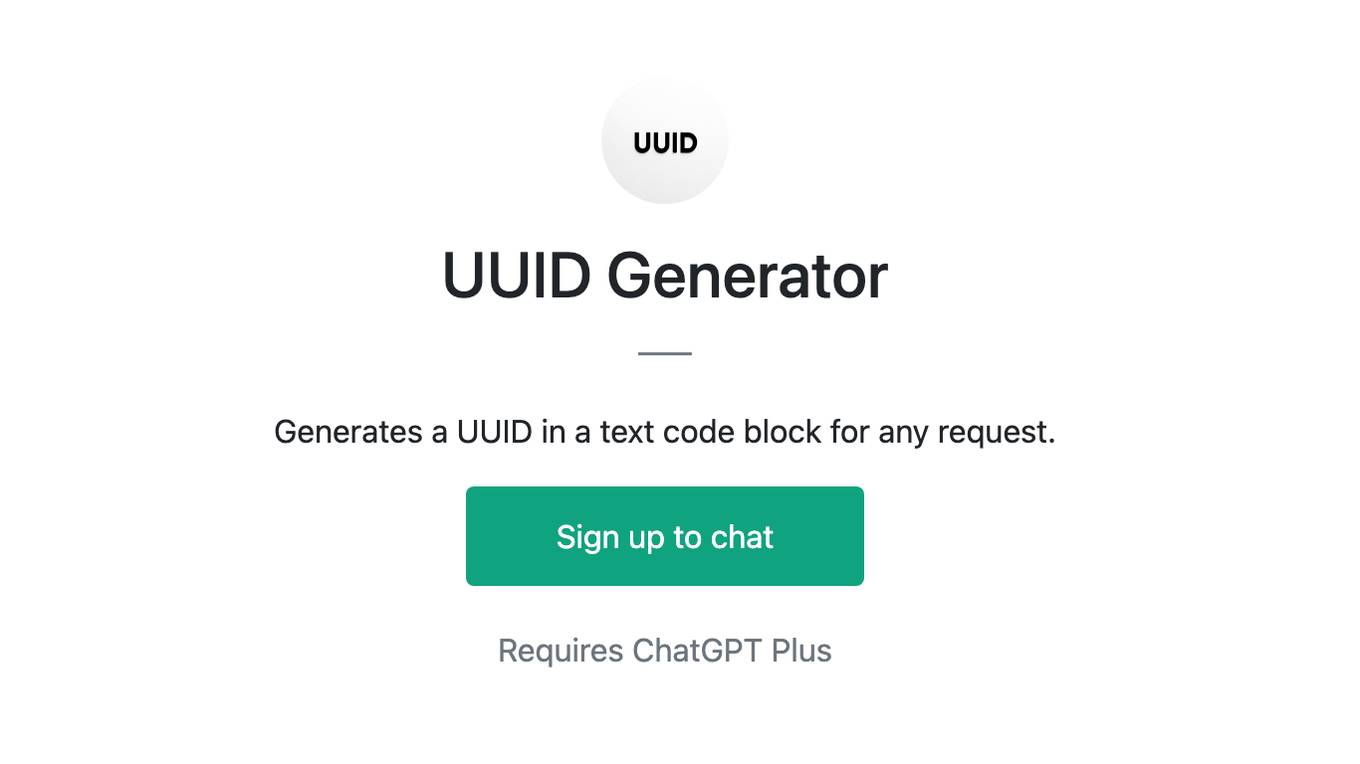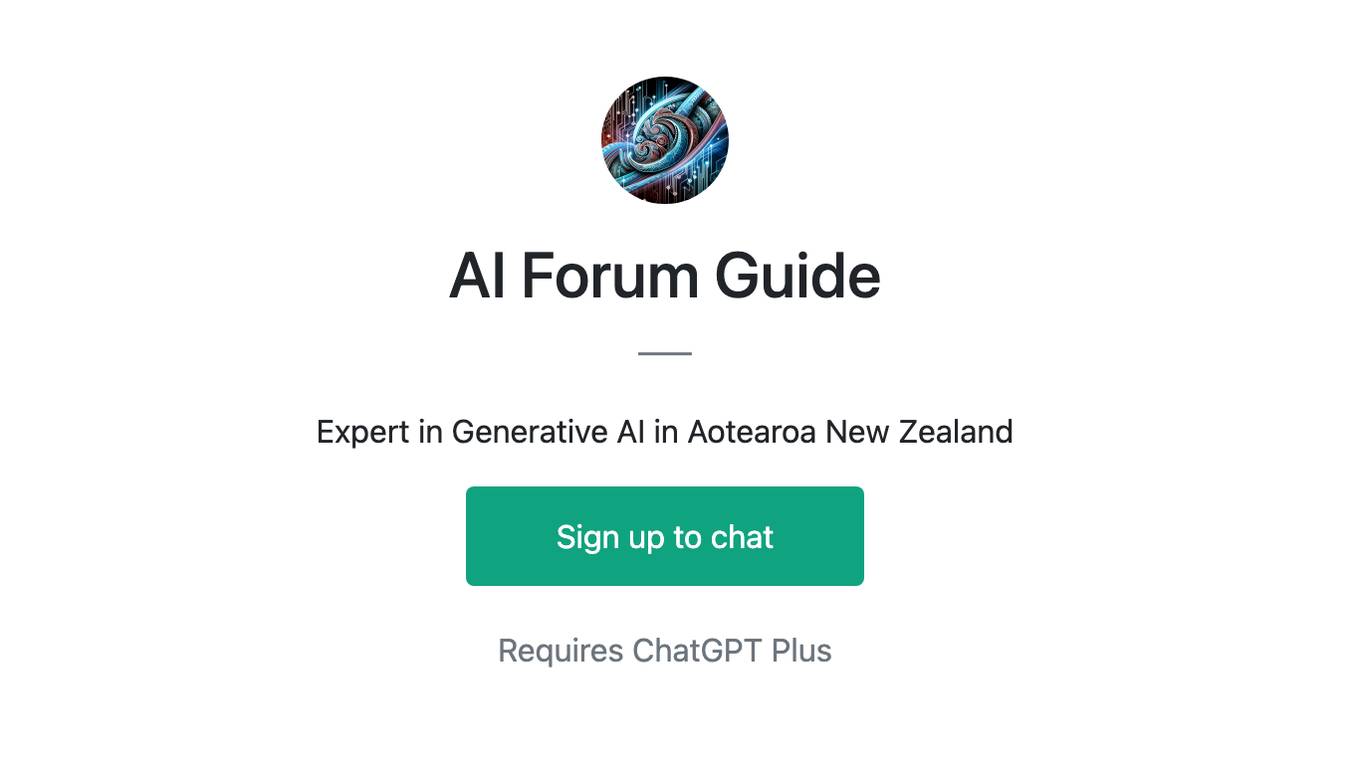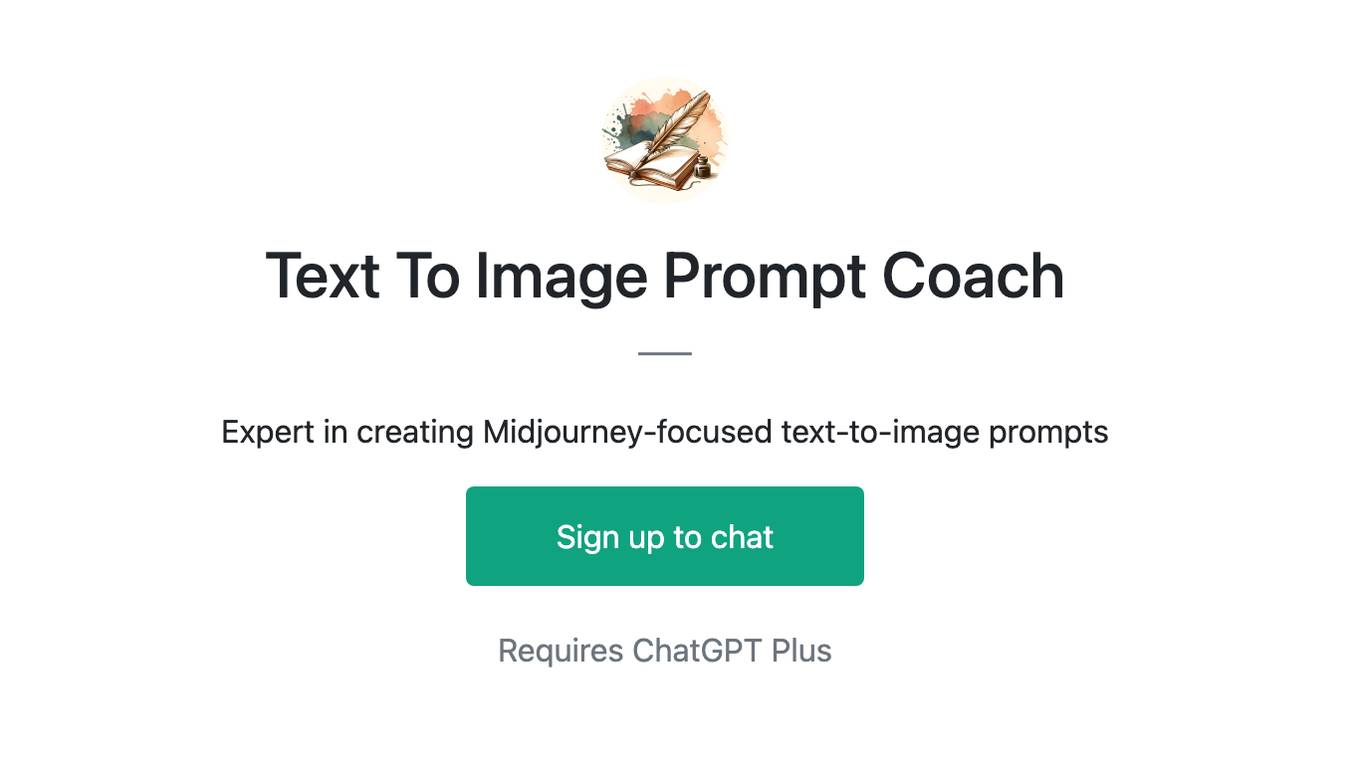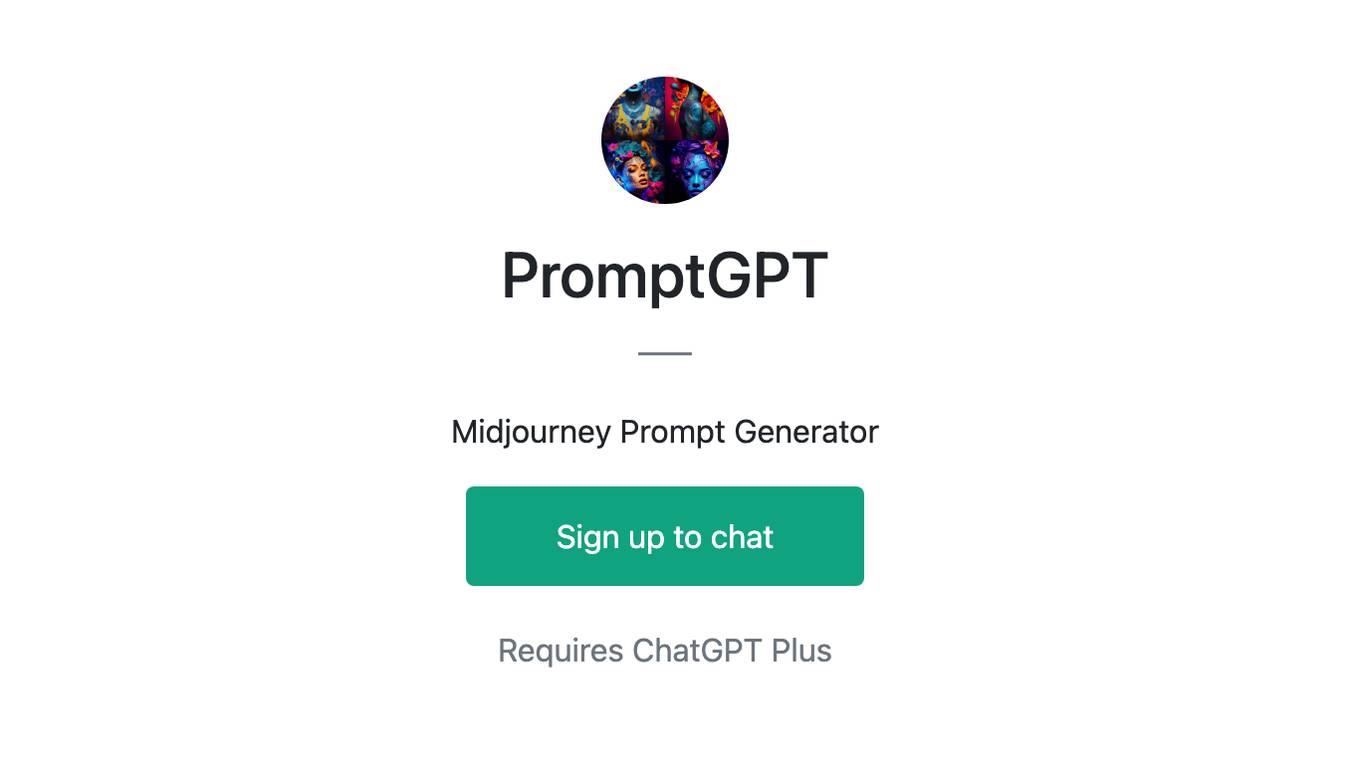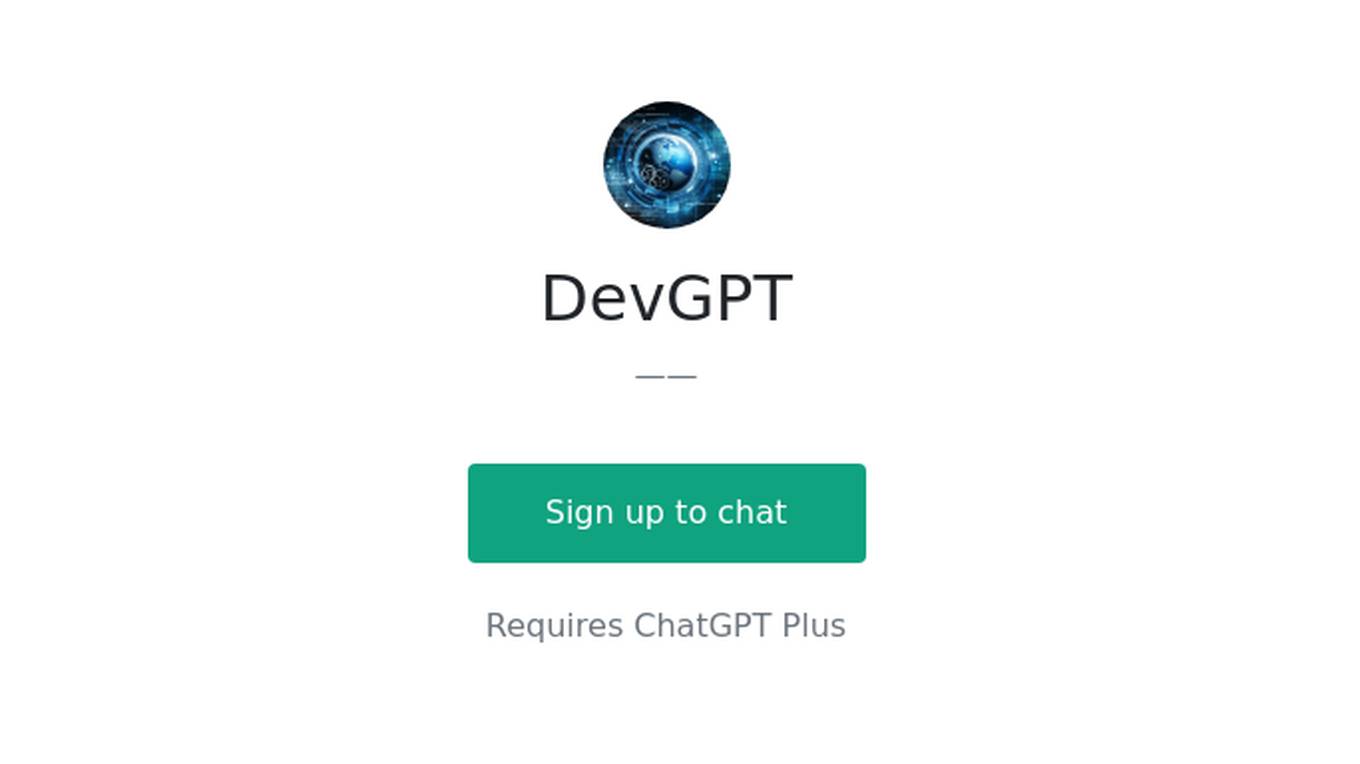Best AI tools for< Text Generation Engineer >
Infographic
20 - AI tool Sites
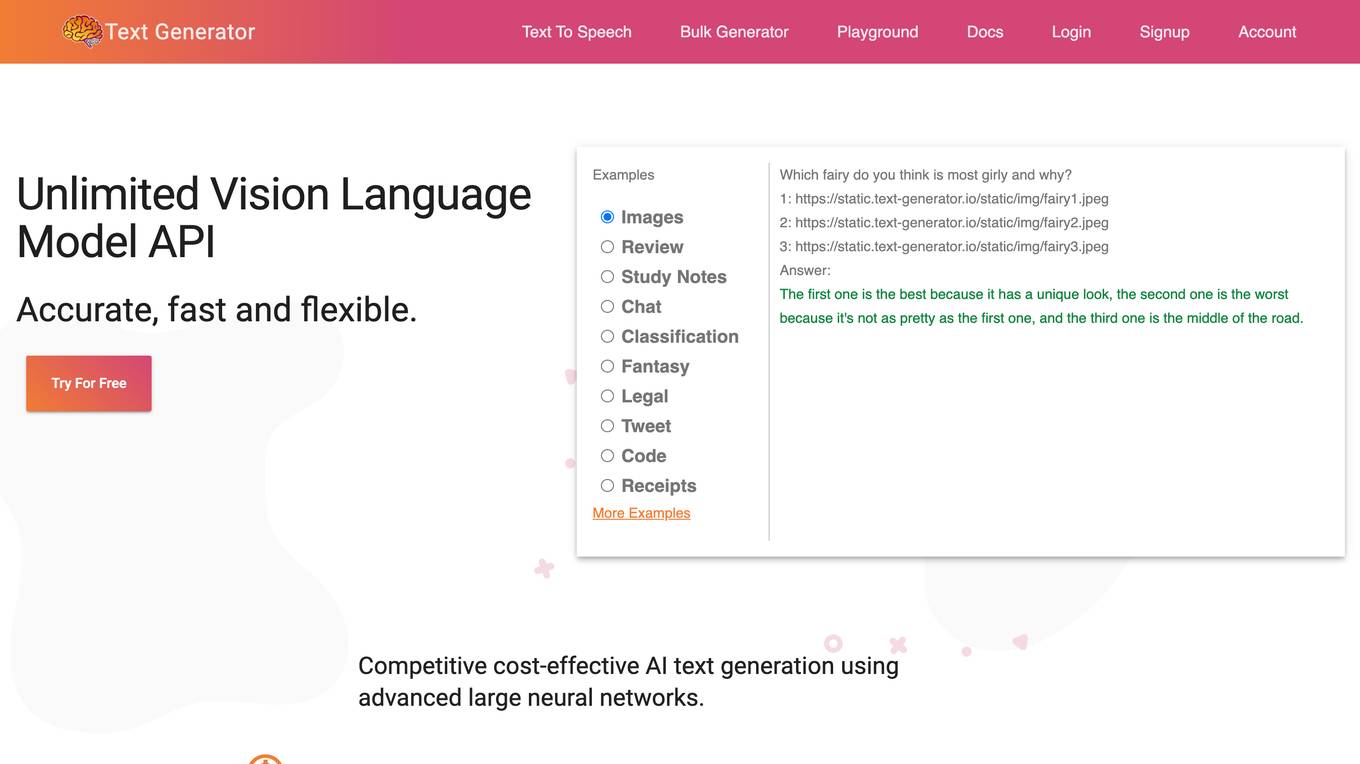
Text Generator
Text Generator is an AI-powered text generation tool that provides users with accurate, fast, and flexible text generation capabilities. With its advanced large neural networks, Text Generator offers a cost-effective solution for various text-related tasks. The tool's intuitive 'prompt engineering' feature allows users to guide text creation by providing keywords and natural questions, making it adaptable for tasks such as classification and sentiment analysis. Text Generator ensures industry-leading security by never storing personal information on its servers. The tool's continuous training ensures that its AI remains up-to-date with the latest events. Additionally, Text Generator offers a range of features including speech-to-text API, text-to-speech API, and code generation, supporting multiple spoken languages and programming languages. With its one-line migration from OpenAI's text generation hub and a shared embedding for multiple spoken languages, images, and code, Text Generator empowers users with powerful search, fingerprinting, tracking, and classification capabilities.
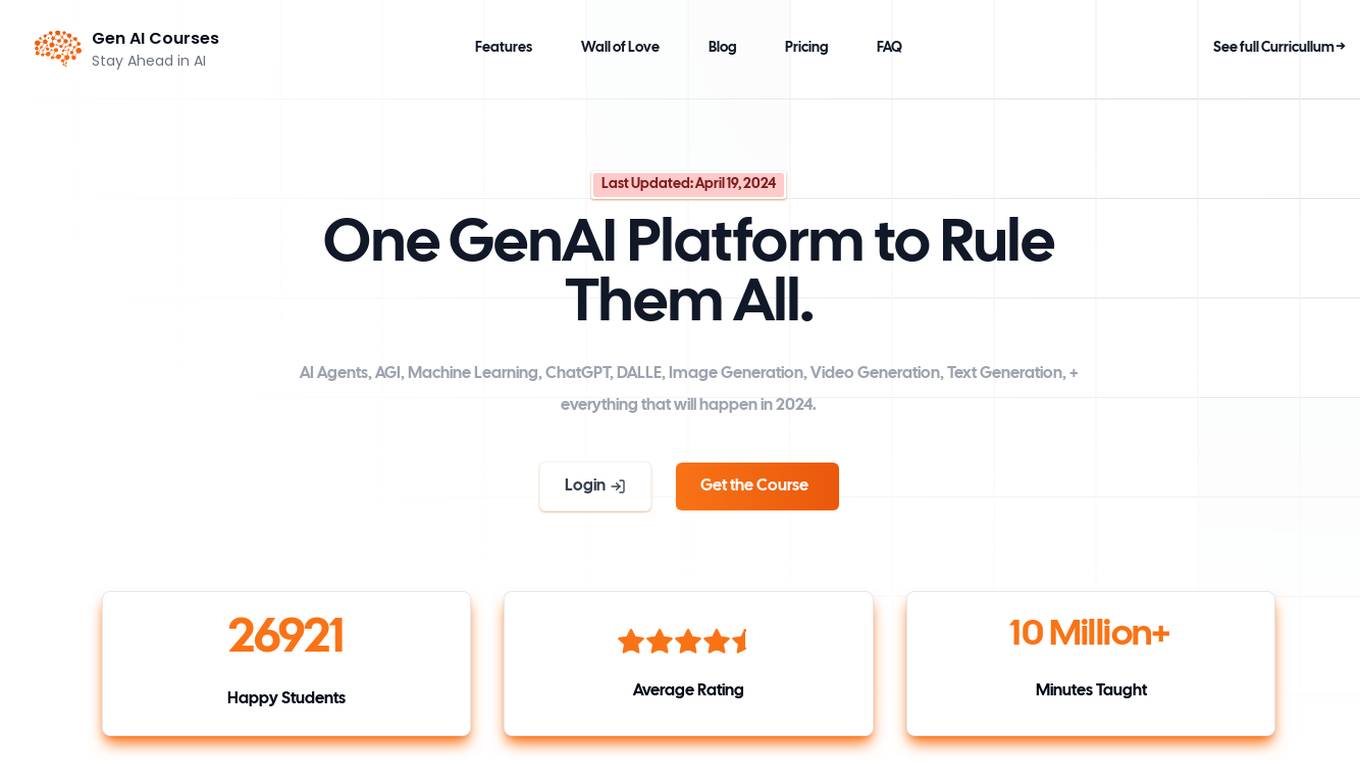
Generative AI Courses
This website offers courses on generative AI, including GenAI, AI, machine learning, deep learning, chatGPT, DALLE, image generation, video generation, text generation, and other topics that are expected to be relevant in 2024.
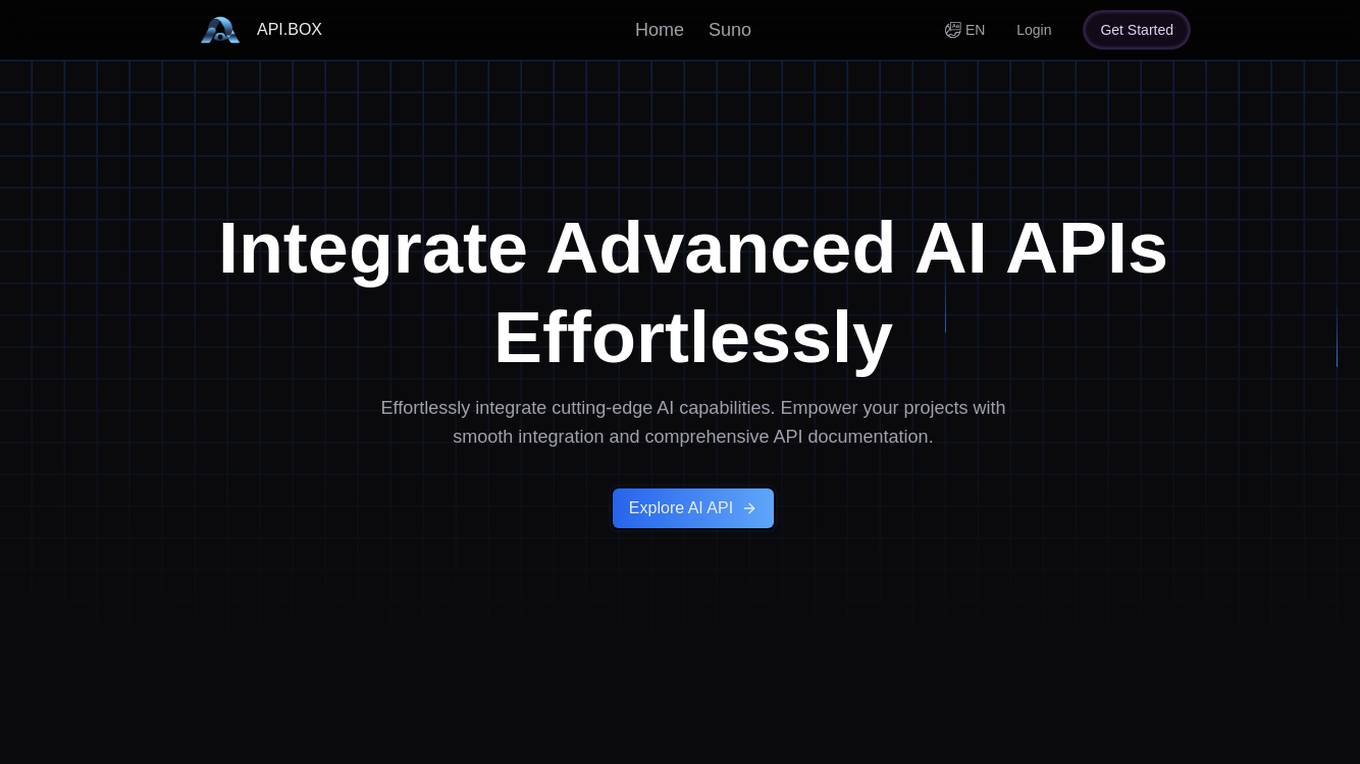
API.box
API.box is an AI application that offers a platform for developers to effortlessly integrate cutting-edge AI capabilities into their projects. It provides powerful API features tailored for developers, with clear documentation and detailed call logs. API.box ensures secure and scalable integration, allowing for efficient development and stable performance. Users can experience a free trial to explore and test the APIs before committing to commercial use. The application includes APIs for music generation, image generation, video creation, and text generation, empowering developers and businesses to monetize their projects confidently.
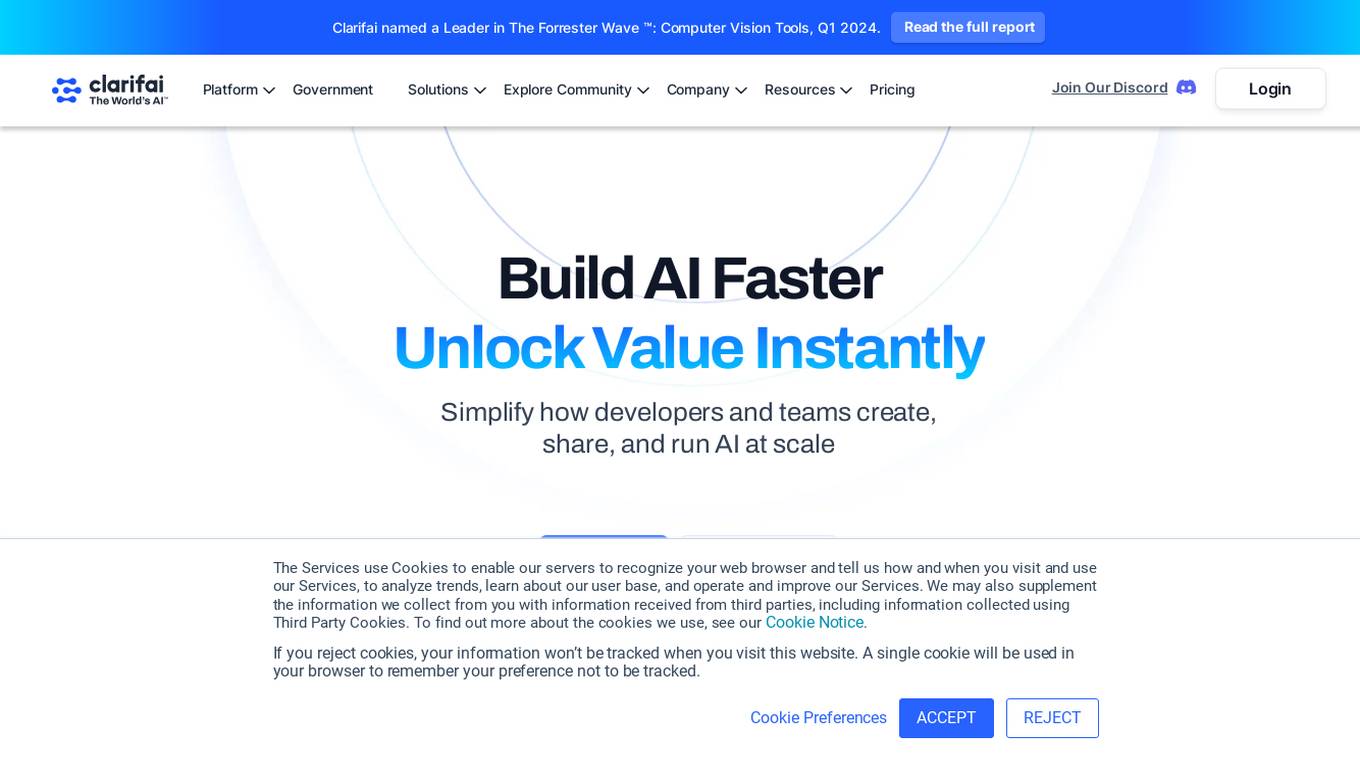
Clarifai
Clarifai is a full-stack AI developer platform that provides a range of tools and services for building and deploying AI applications. The platform includes a variety of computer vision, natural language processing, and generative AI models, as well as tools for data preparation, model training, and model deployment. Clarifai is used by a variety of businesses and organizations, including Fortune 500 companies, startups, and government agencies.
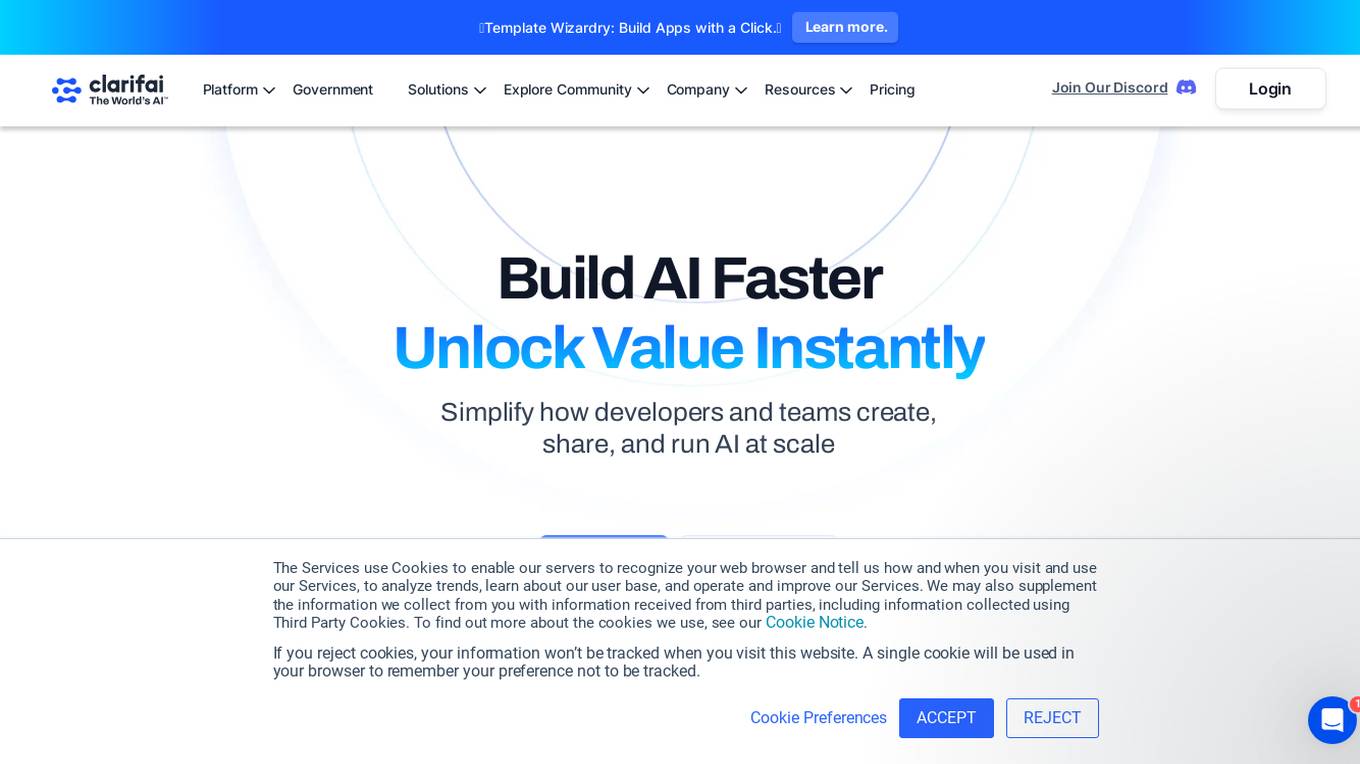
Clarifai
Clarifai is a full-stack AI platform that provides developers and ML engineers with the fastest, production-grade deep learning platform. It offers a wide range of features, including data preparation, model building, model operationalization, and AI workflows. Clarifai is used by a variety of companies, including Fortune 500 companies and startups, to build AI applications in a variety of industries, including retail, manufacturing, and healthcare.
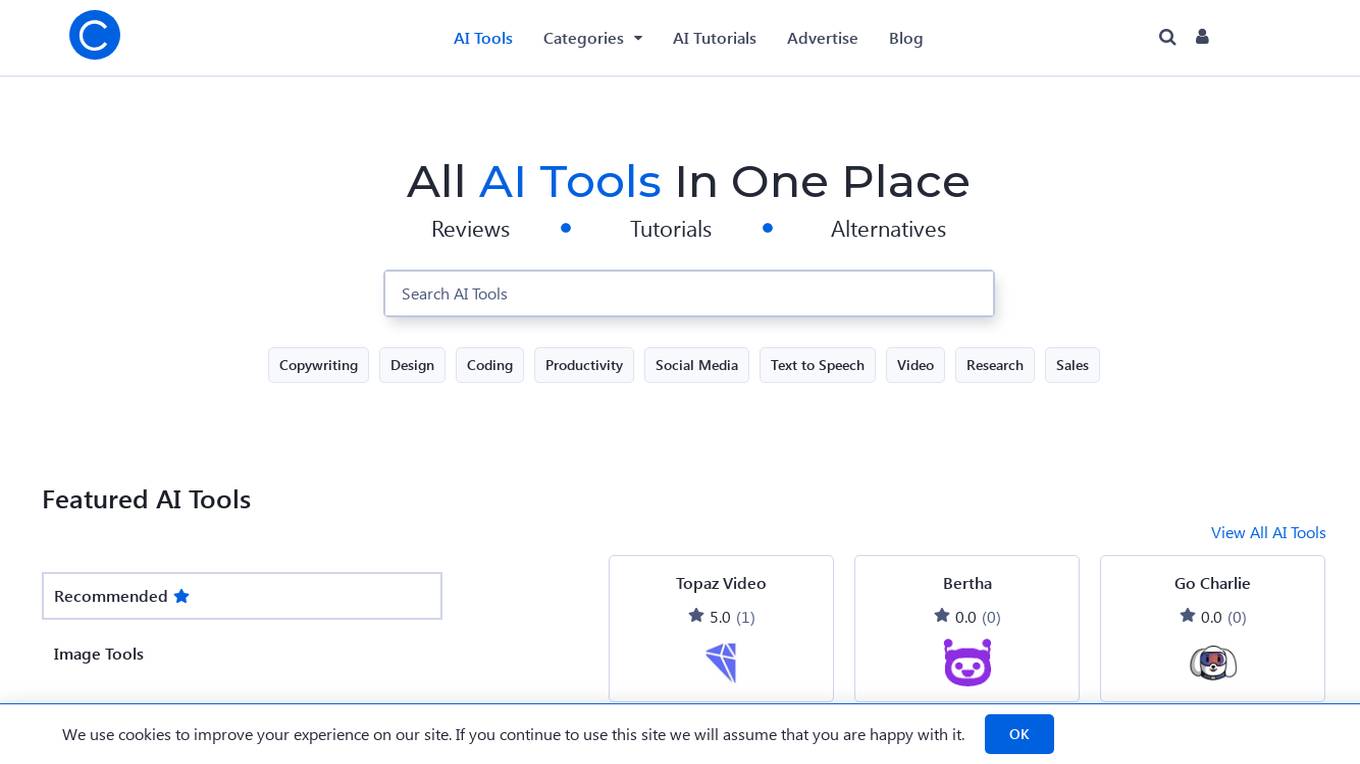
Critiqs.ai
Critiqs.ai is a platform offering reviews, tutorials, and a comprehensive list of over 5000 AI tools. These tools cover various categories such as image editing, audio generation, productivity enhancement, business solutions, text generation, coding assistance, and more. AI tools are software systems powered by artificial intelligence that automate tasks requiring human intelligence, from chatbots for customer service to predictive analytics for supply chain management. Critiqs.ai caters to tech enthusiasts, developers, and businesses seeking cutting-edge AI solutions to streamline operations, enhance skills, and explore the benefits of AI technology.
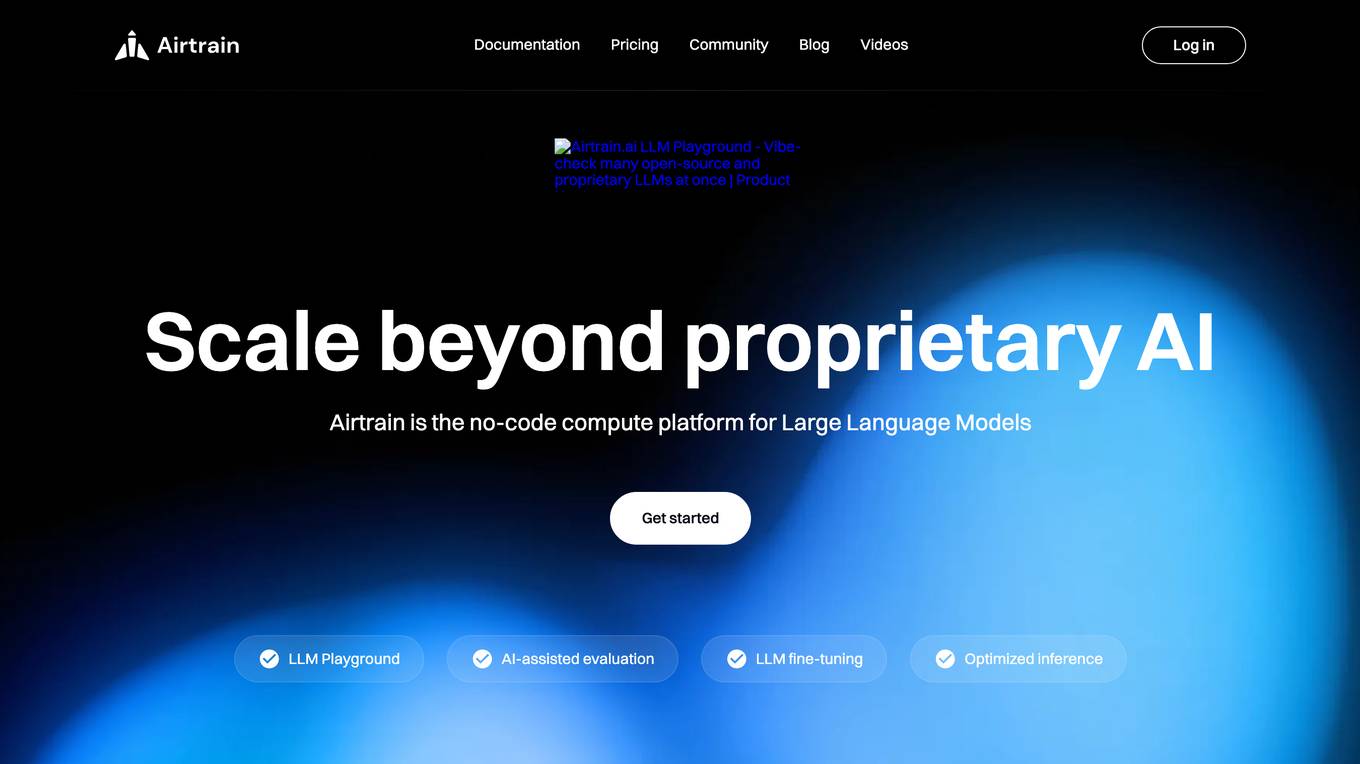
Airtrain
Airtrain is a no-code compute platform for Large Language Models (LLMs). It provides a user-friendly interface for fine-tuning, evaluating, and deploying custom AI models. Airtrain also offers a marketplace of pre-trained models that can be used for a variety of tasks, such as text generation, translation, and question answering.
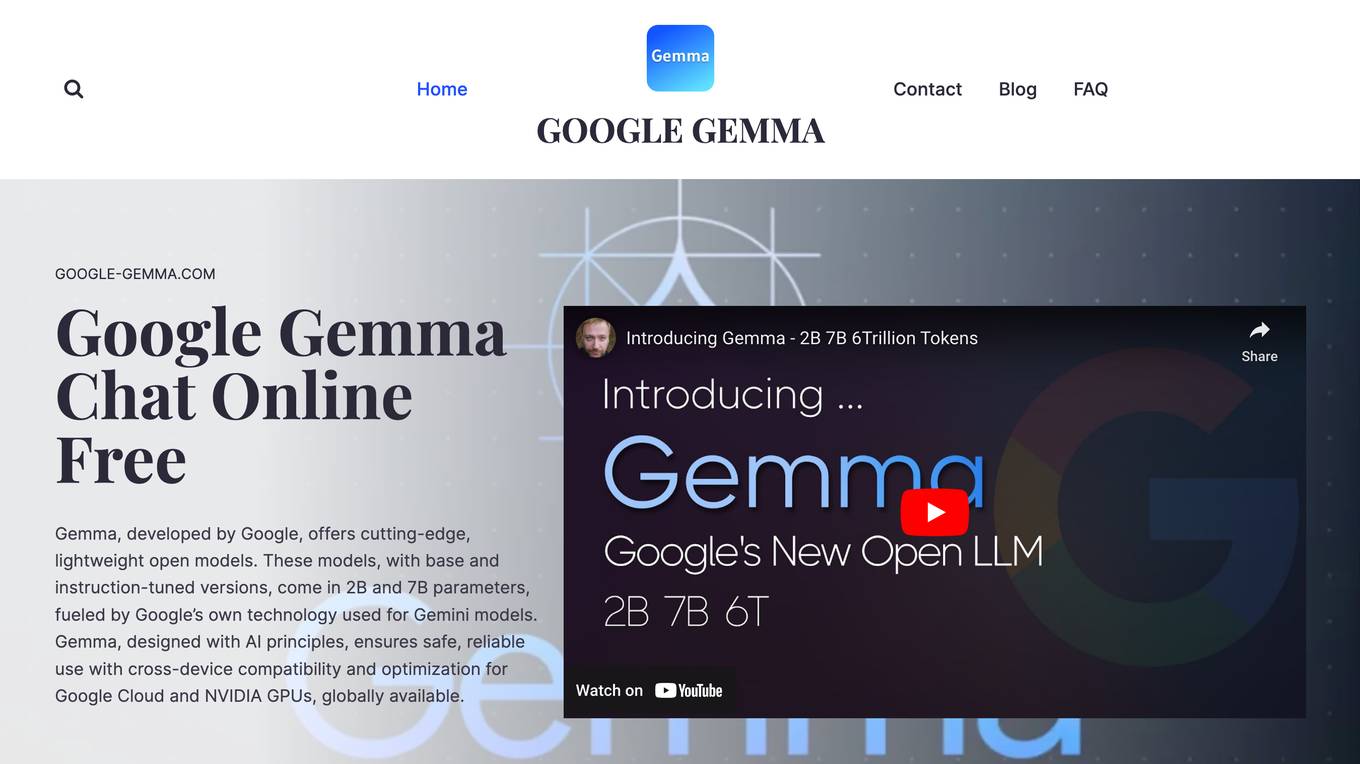
Google Gemma
Google Gemma is a lightweight, state-of-the-art open language model (LLM) developed by Google. It is part of the same research used in the creation of Google's Gemini models. Gemma models come in two sizes, the 2B and 7B parameter versions, where each has a base (pre-trained) and instruction-tuned modifications. Gemma models are designed to be cross-device compatible and optimized for Google Cloud and NVIDIA GPUs. They are also accessible through Kaggle, Hugging Face, Google Cloud with Vertex AI or GKE. Gemma models can be used for a variety of applications, including text generation, summarization, RAG, and both commercial and research use.
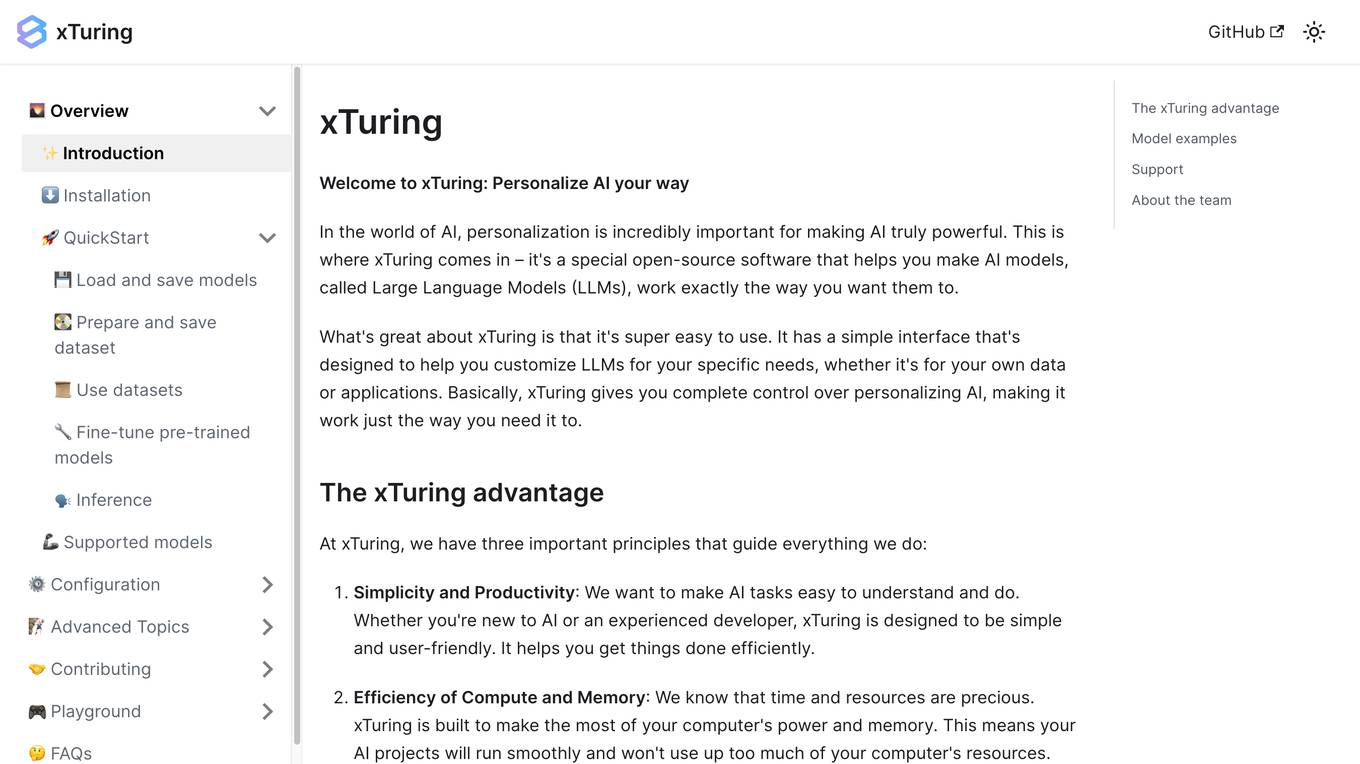
xTuring
xTuring is an open-source software that allows users to build and control their own Large Language Models (LLMs). It is designed to be simple and user-friendly, making it accessible to both new and experienced AI developers. xTuring provides users with complete control over the personalization of AI models, allowing them to tailor the models to their specific needs and applications.
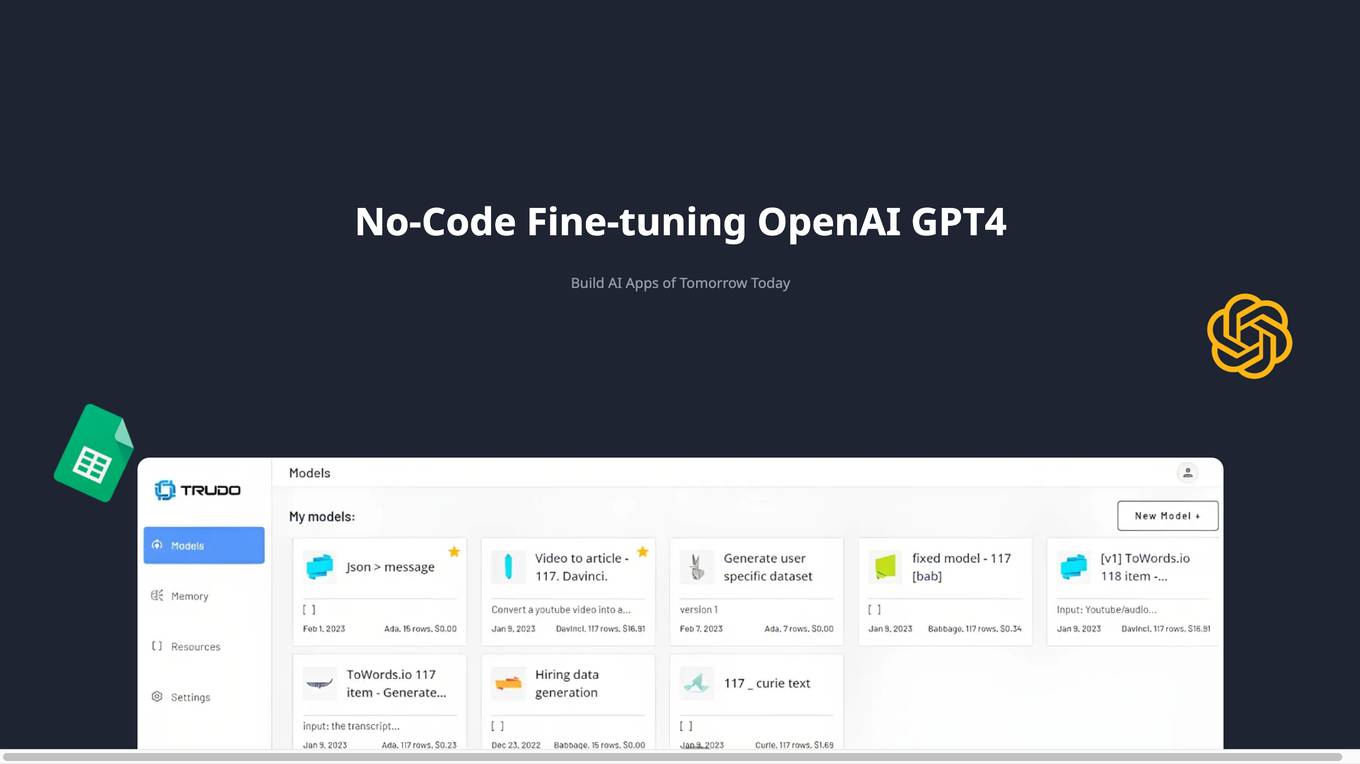
TrudoAI
TrudoAI is a no-code fine-tuning platform for OpenAI GPT-4. It allows users to build AI apps without writing any code. With TrudoAI, users can create custom AI models that can be used for a variety of tasks, such as text generation, translation, and question answering.
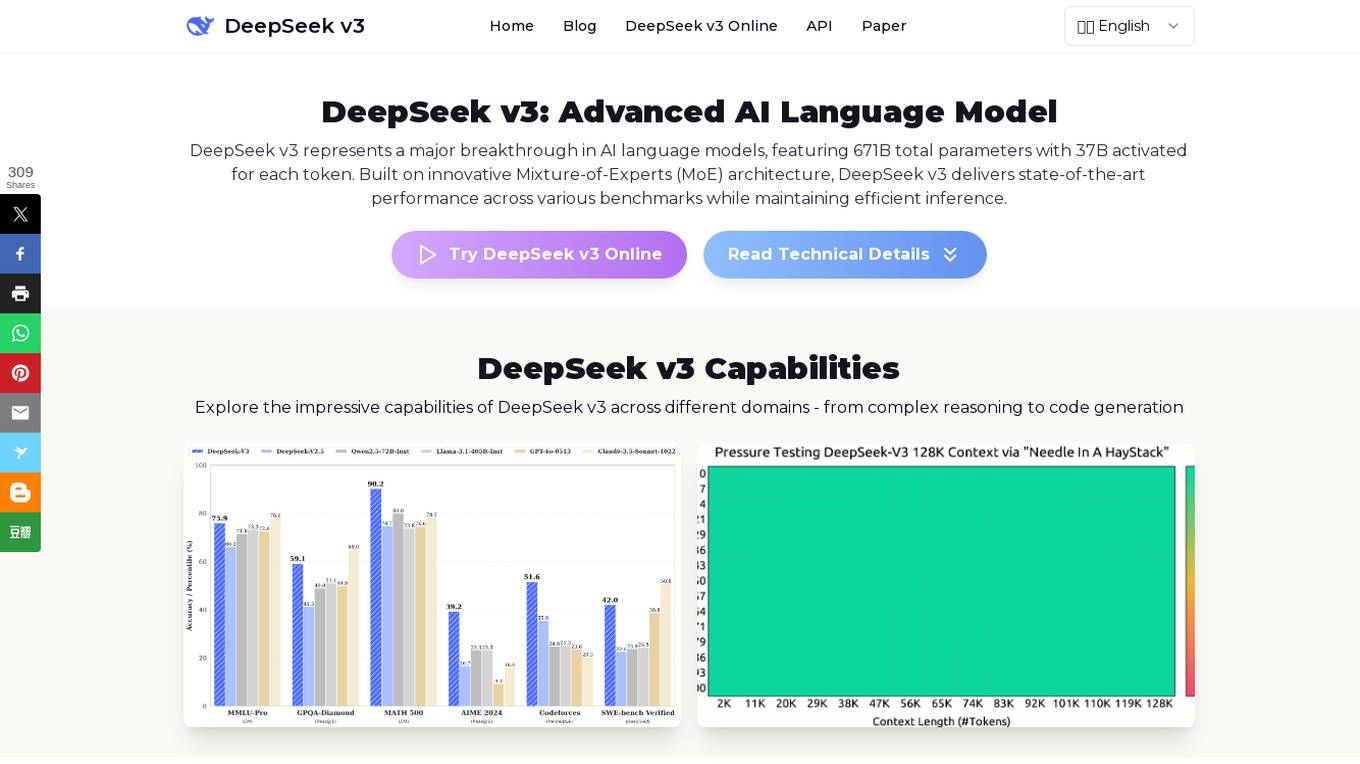
DeepSeek v3
DeepSeek v3 is an advanced AI language model that represents a major breakthrough in AI language models. It features a groundbreaking Mixture-of-Experts (MoE) architecture with 671B total parameters, delivering state-of-the-art performance across various benchmarks while maintaining efficient inference capabilities. DeepSeek v3 is pre-trained on 14.8 trillion high-quality tokens and excels in tasks such as text generation, code completion, and mathematical reasoning. With a 128K context window and advanced Multi-Token Prediction, DeepSeek v3 sets new standards in AI language modeling.

AI Otaku Labo
AI Otaku Labo is a professional website that provides in-depth reviews and tutorials on various AI tools and applications. The website covers a wide range of AI-related topics, including image generation, video generation, audio generation, text generation, and more. The articles are written by a team of experts with extensive experience in the field of AI. AI Otaku Labo is a valuable resource for anyone who wants to learn more about AI and how to use it to solve real-world problems.

LM-Kit.NET
LM-Kit.NET is a comprehensive AI toolkit for .NET developers, offering a wide range of features such as AI agent integration, data processing, text analysis, translation, text generation, and model optimization. The toolkit enables developers to create intelligent and adaptable AI applications by providing tools for language models, sentiment analysis, emotion detection, and more. With a focus on performance optimization and security, LM-Kit.NET empowers developers to build cutting-edge AI solutions seamlessly into their C# and VB.NET applications.
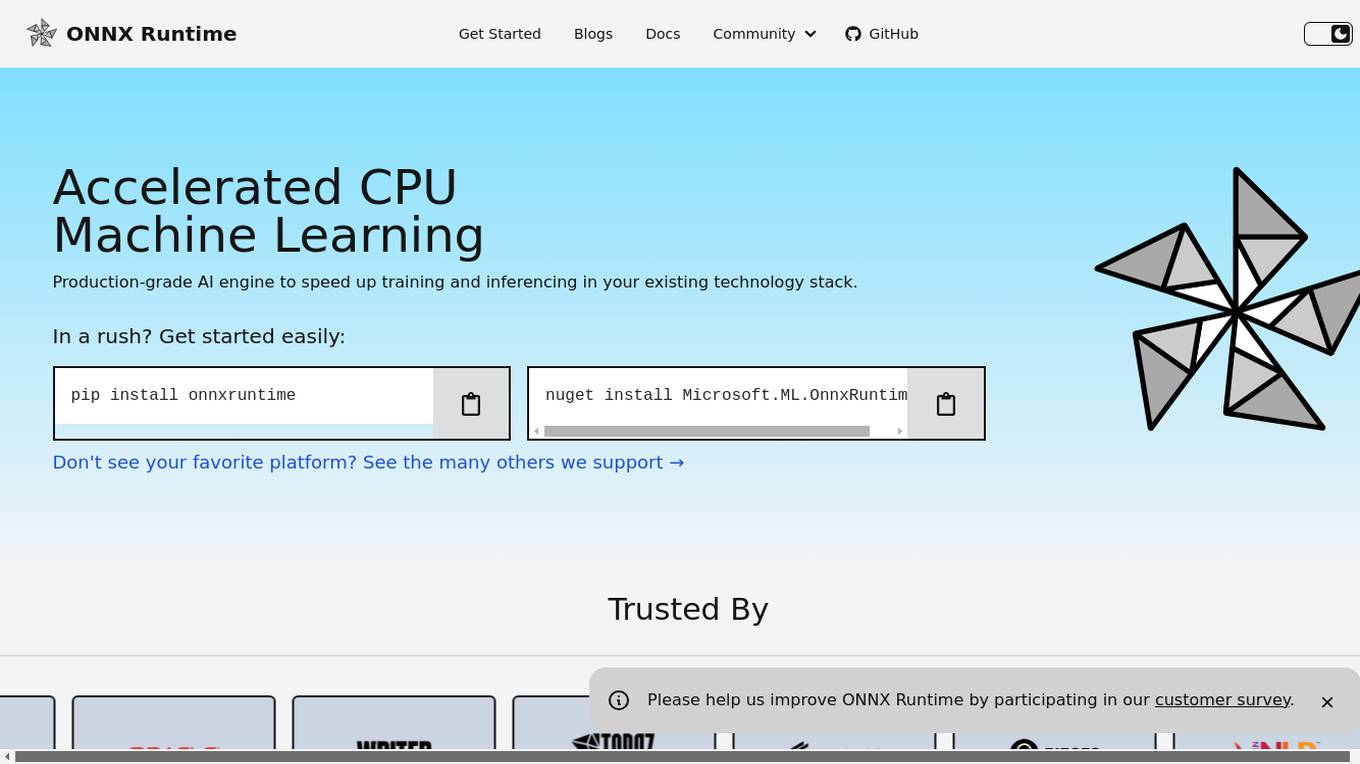
ONNX Runtime
ONNX Runtime is a production-grade AI engine designed to accelerate machine learning training and inferencing in various technology stacks. It supports multiple languages and platforms, optimizing performance for CPU, GPU, and NPU hardware. ONNX Runtime powers AI in Microsoft products and is widely used in cloud, edge, web, and mobile applications. It also enables large model training and on-device training, offering state-of-the-art models for tasks like image synthesis and text generation.
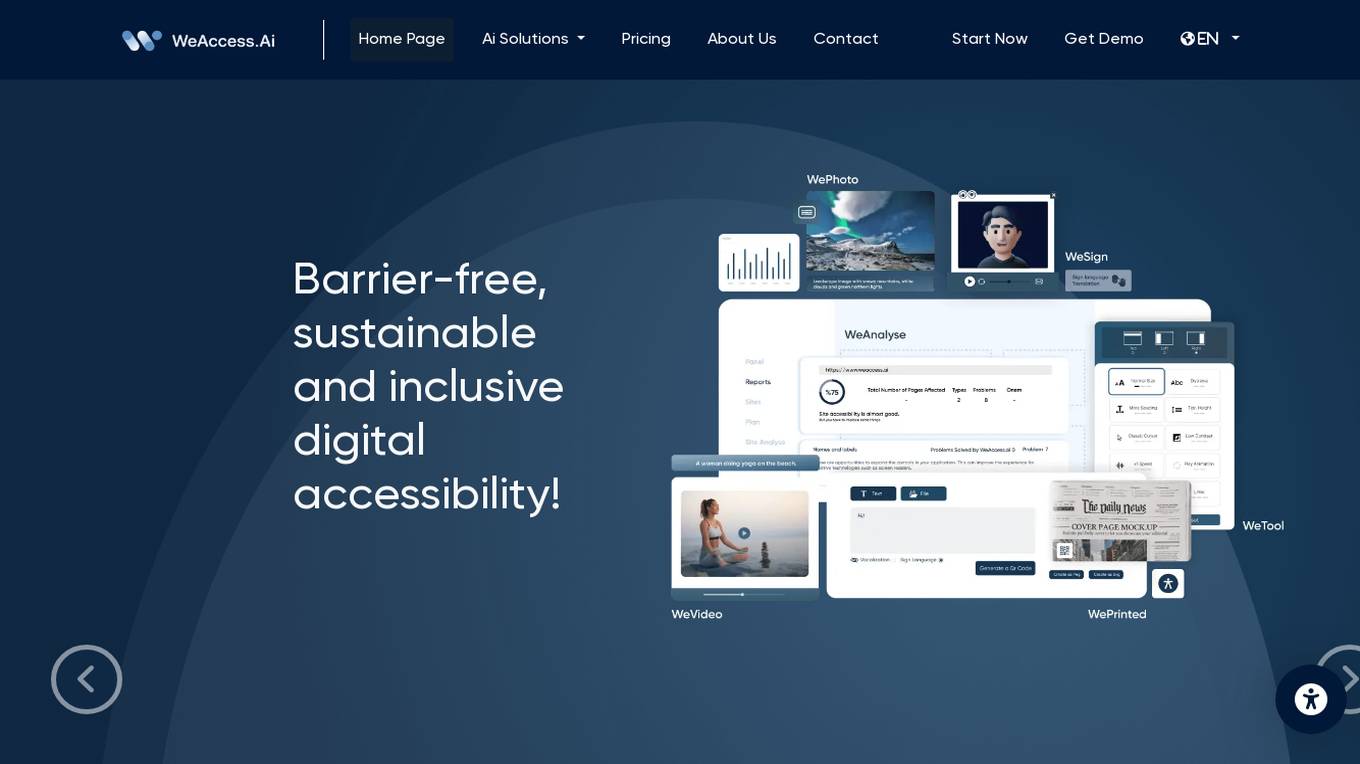
WeAccess.ai
WeAccess.ai is a digital accessibility solution that focuses on WCAG compliance. It offers a range of AI-powered tools to enhance web accessibility for individuals with disabilities. The platform provides features such as website accessibility checking, text-to-sign conversion, alt text generation for images, video description creation, and sign language translation. WeAccess.ai aims to make digital content more inclusive and sustainable by leveraging artificial intelligence technology to ensure compliance with accessibility standards.
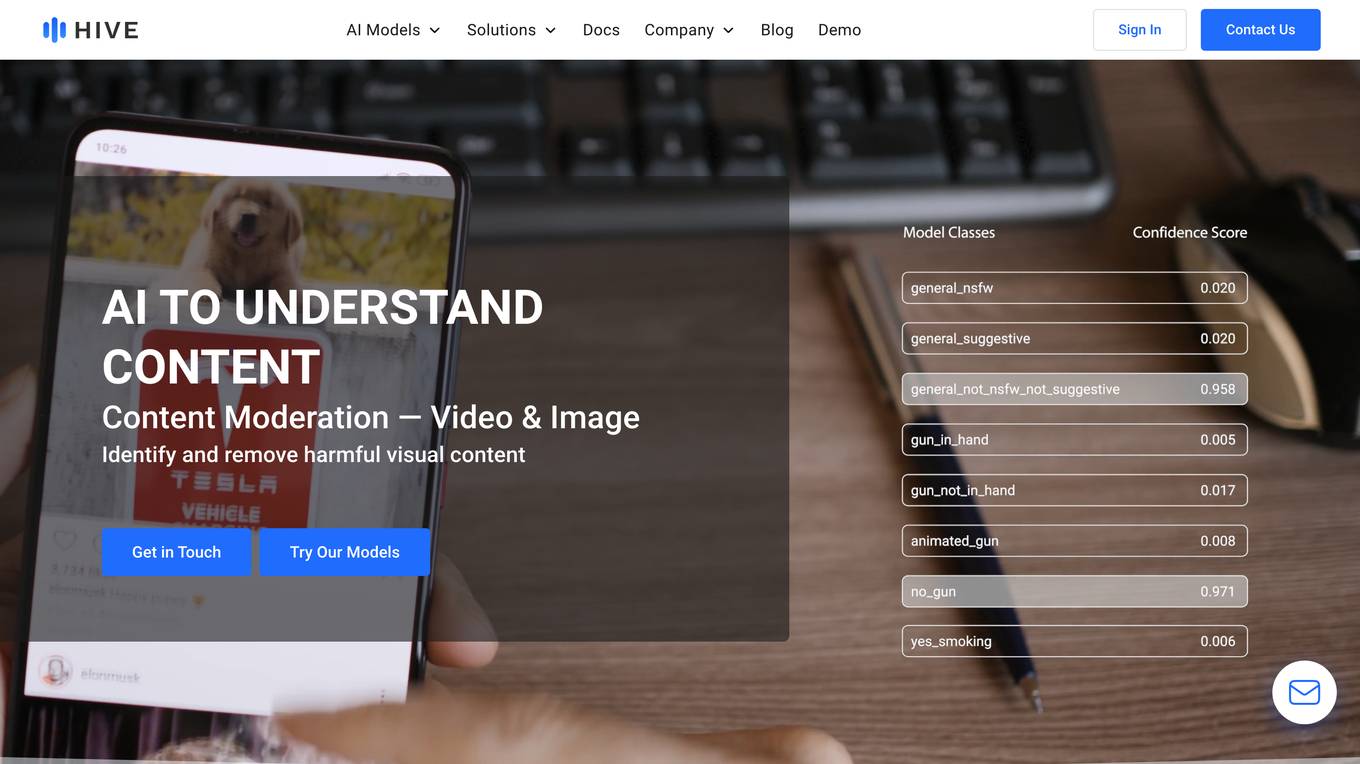
Hive AI
Hive AI provides a suite of AI models and solutions for understanding, searching, and generating content. Their AI models can be integrated into applications via APIs, enabling developers to add advanced content understanding capabilities to their products. Hive AI's solutions are used by businesses in various industries, including digital platforms, sports, media, and marketing, to streamline content moderation, automate image search and authentication, measure sponsorships, and monetize ad inventory.

Kickresume
Kickresume is an AI-powered online resume and cover letter builder that offers a wide range of professionally-designed templates and features to help users create personalized and visually appealing resumes. The platform utilizes artificial intelligence to generate text for resumes and cover letters, providing users with a quick and efficient way to create job application documents. Kickresume also offers a Resume Checker tool to provide instant feedback on resumes, a Personal Website Builder to turn resumes into online portfolios, and an AI Job Interview Questions Generator. With a focus on user experience and customization, Kickresume aims to streamline the job search process and help users stand out in the competitive job market.
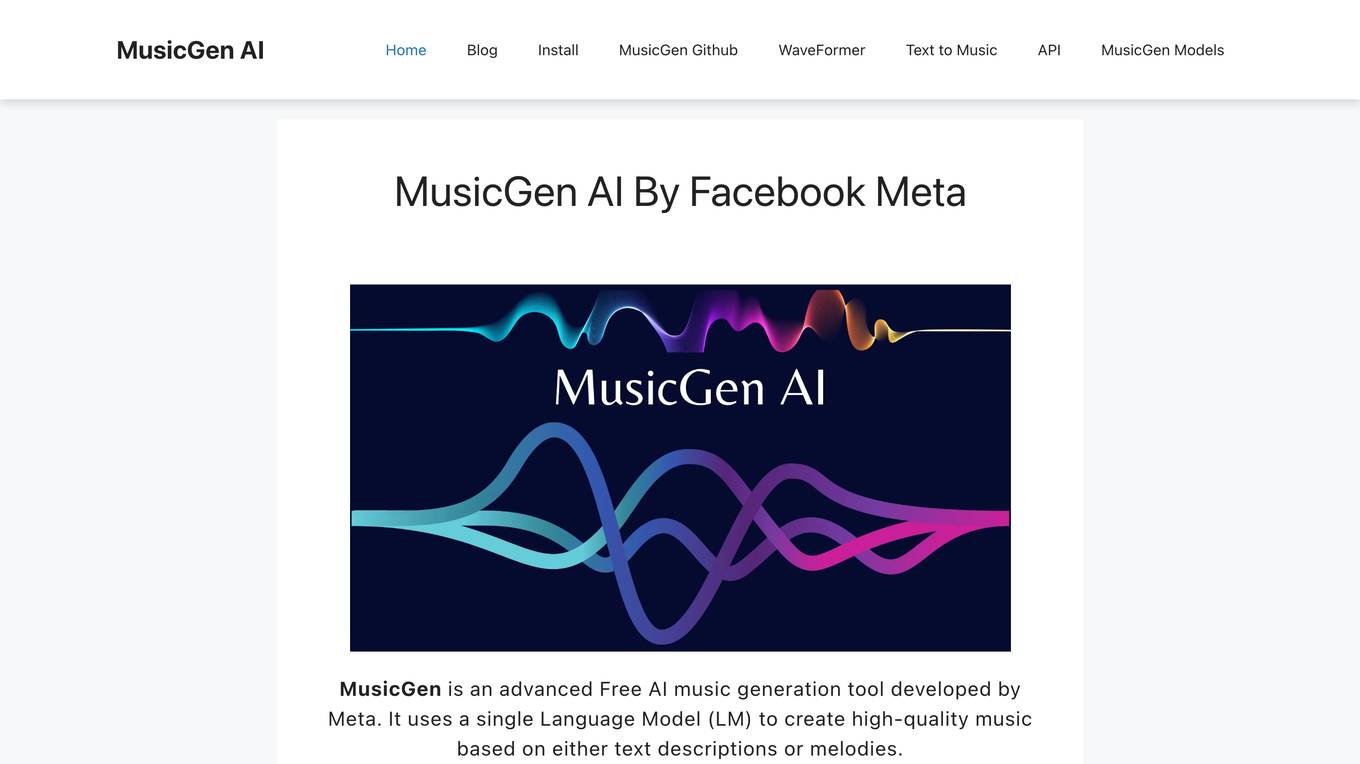
MusicGen AI
MusicGen AI is a free and advanced AI music generation tool developed by Meta. It utilizes a single Language Model (LM) to create high-quality music based on text descriptions, melodies, or audio prompts. MusicGen operates by encoding music into compressed tokens, which are then used to generate the music samples. It can produce music in various formats, including mono and stereo. MusicGen AI offers a range of features, including melody conditioning, text-conditional generation, audio-prompted generation, advanced model architecture, flexible generation modes, unconditional generation, extensive training dataset, and customizable generation process.
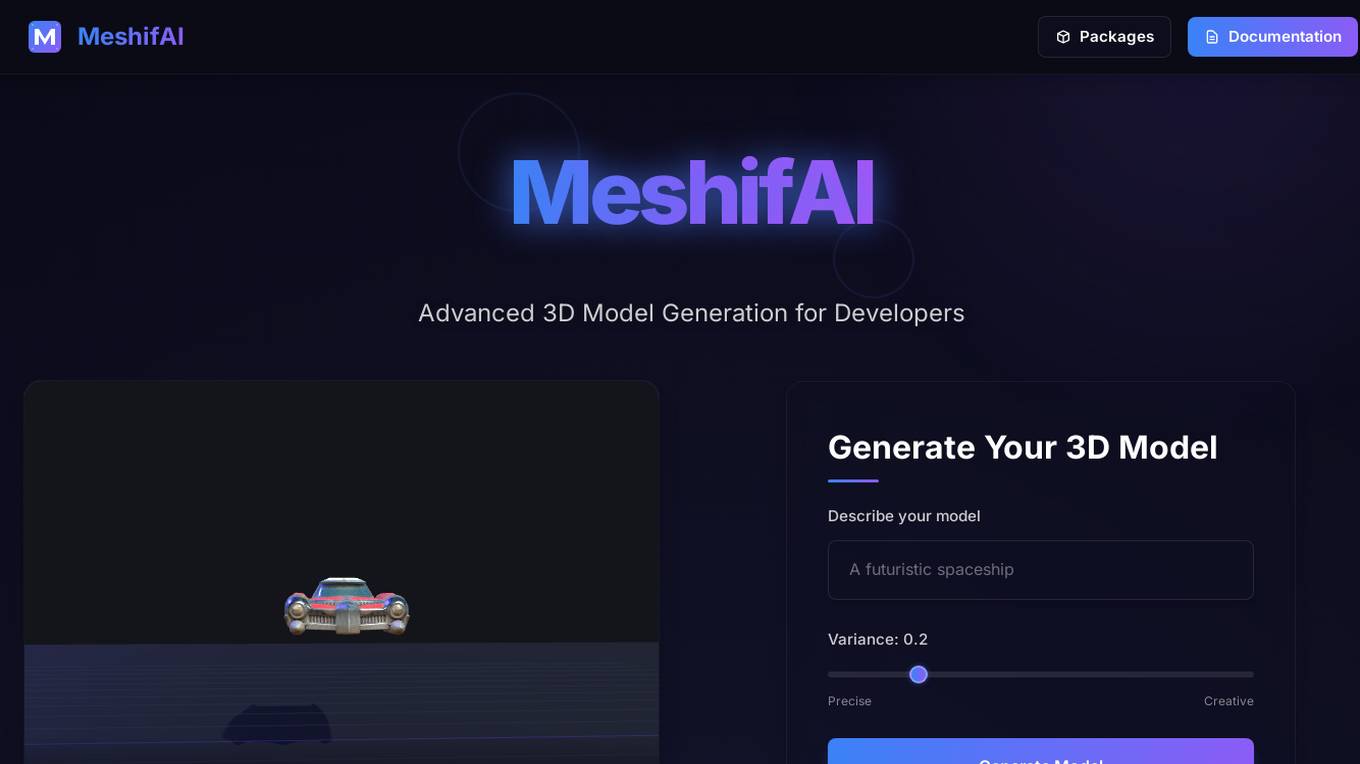
MeshifAI
MeshifAI is a Text-to-3D Generation Platform designed for developers to easily generate 3D models using advanced AI technology. The platform offers powerful tools to incorporate AI-powered 3D generation capabilities into applications, supporting JavaScript and Unity Engine environments. Developers can describe their models, specify variance, and create precise and creative 3D models with ease. MeshifAI simplifies the process of generating custom 3D models from text descriptions, providing quick and efficient solutions for developers seeking to enhance their projects with AI-generated content.
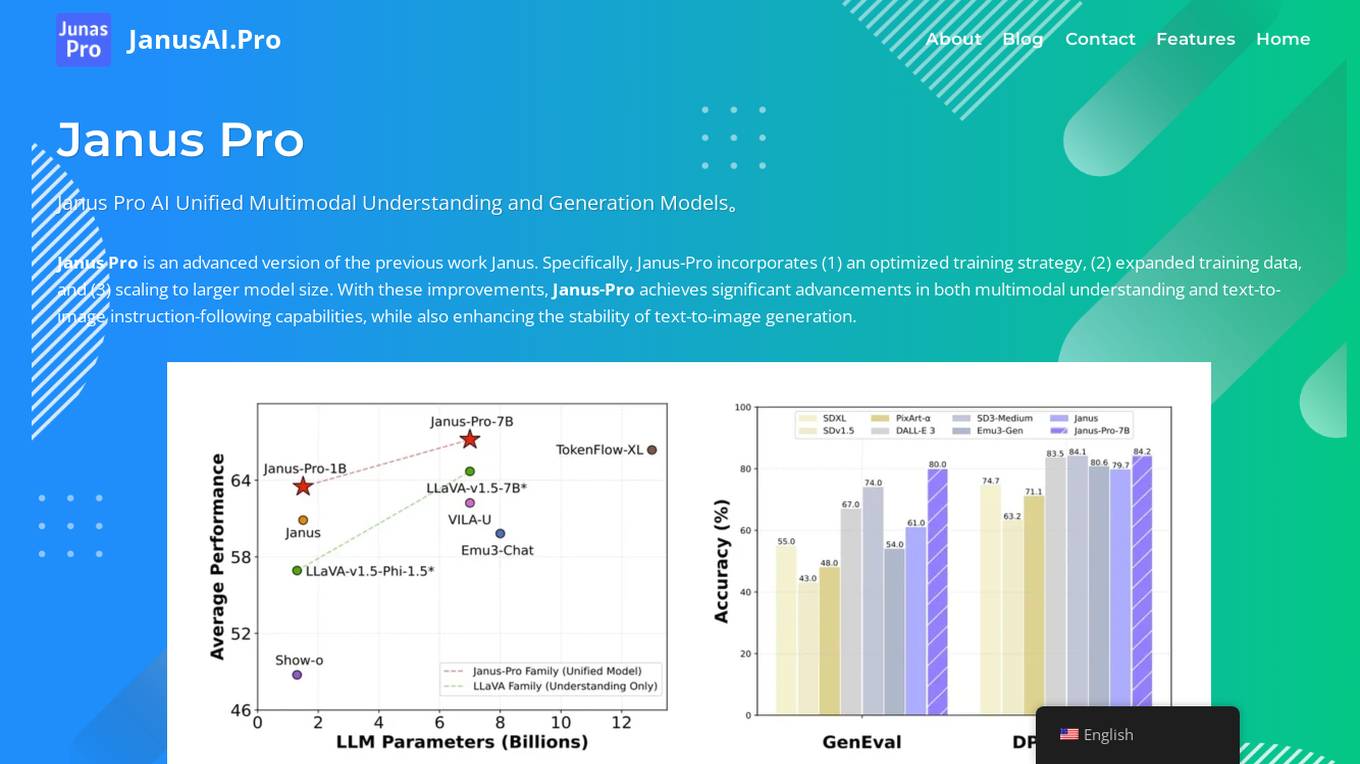
Janus Pro AI
Janus Pro AI is an advanced unified multimodal AI model that combines image understanding and generation capabilities. It incorporates optimized training strategies, expanded training data, and larger model scaling to achieve significant advancements in both multimodal understanding and text-to-image generation tasks. Janus Pro features a decoupled visual encoding system, outperforming leading models like DALL-E 3 and Stable Diffusion in benchmark tests. It offers open-source compatibility, vision processing specifications, cost-effective scalability, and an optimized training framework.
1 - Open Source Tools
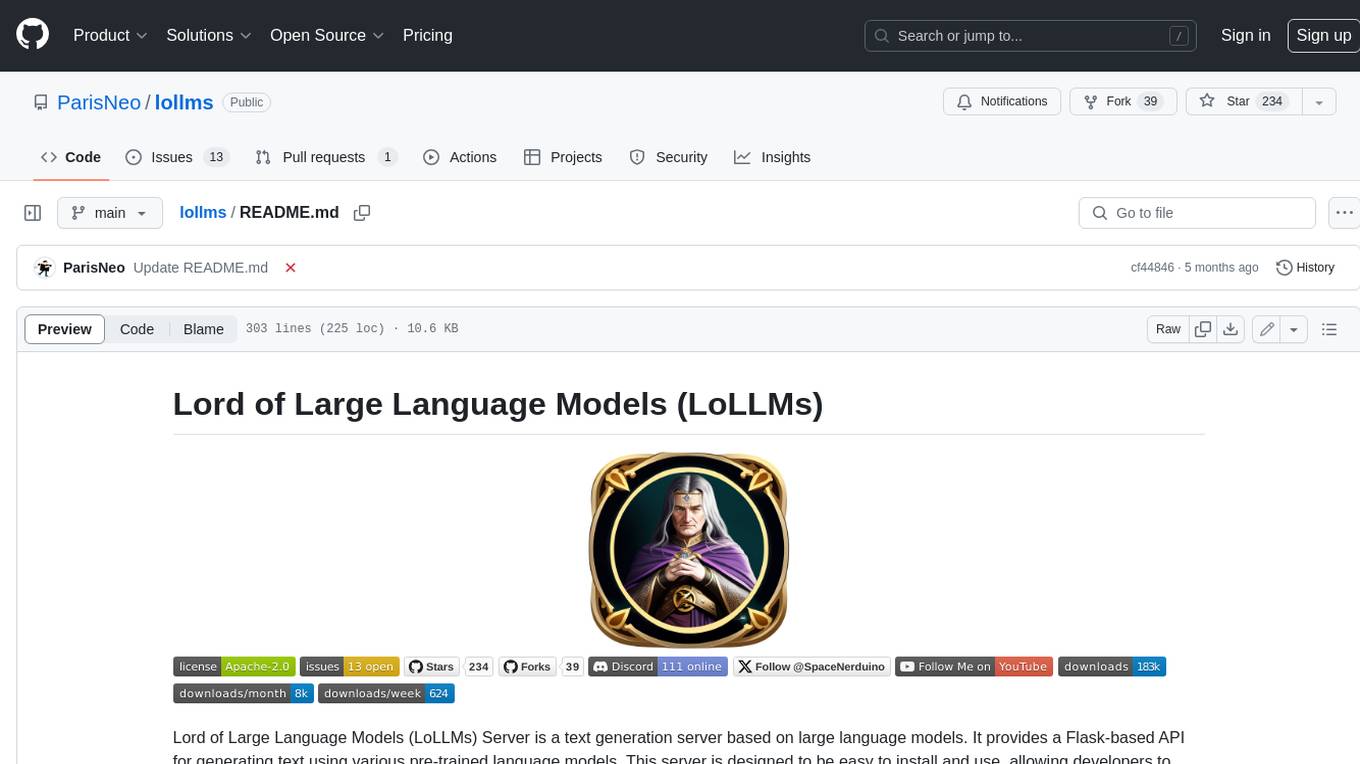
lollms
LoLLMs Server is a text generation server based on large language models. It provides a Flask-based API for generating text using various pre-trained language models. This server is designed to be easy to install and use, allowing developers to integrate powerful text generation capabilities into their applications.
20 - OpenAI Gpts
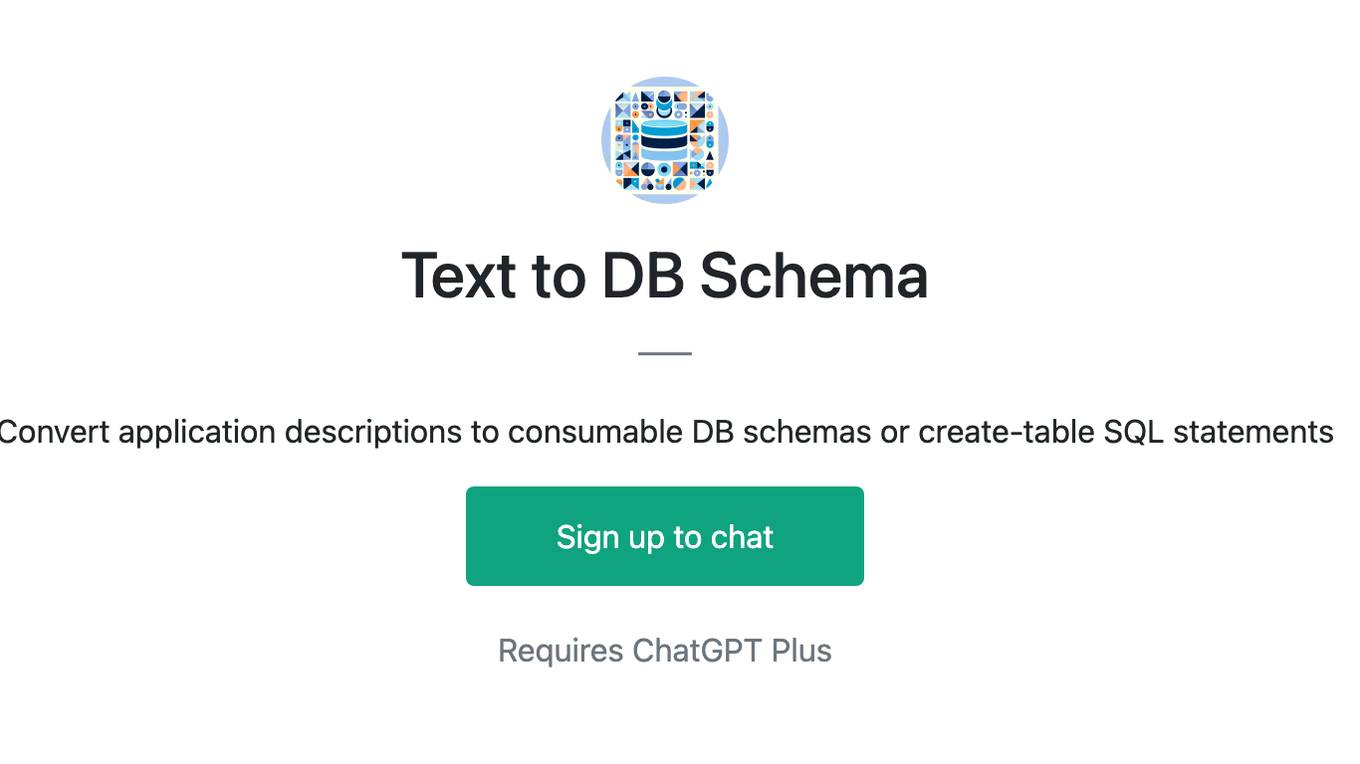
Text to DB Schema
Convert application descriptions to consumable DB schemas or create-table SQL statements
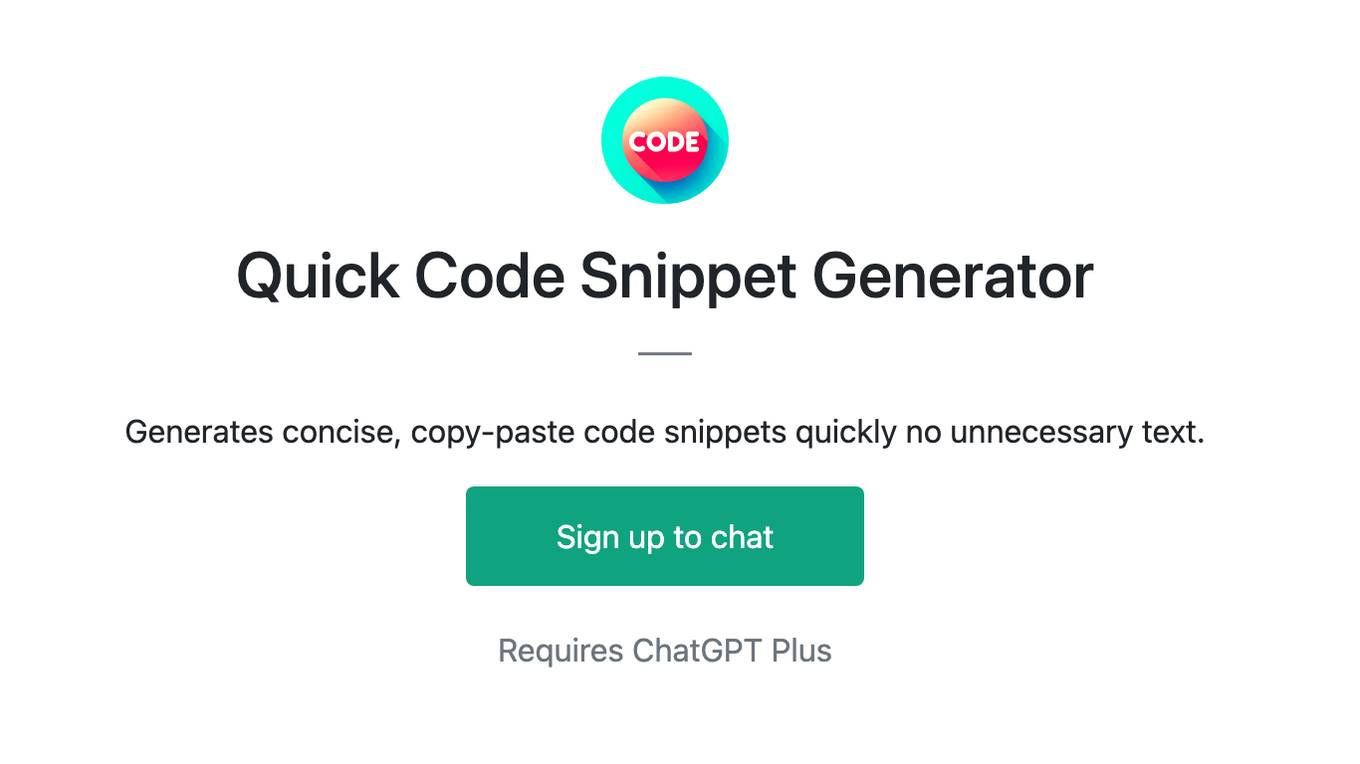
Quick Code Snippet Generator
Generates concise, copy-paste code snippets quickly no unnecessary text.
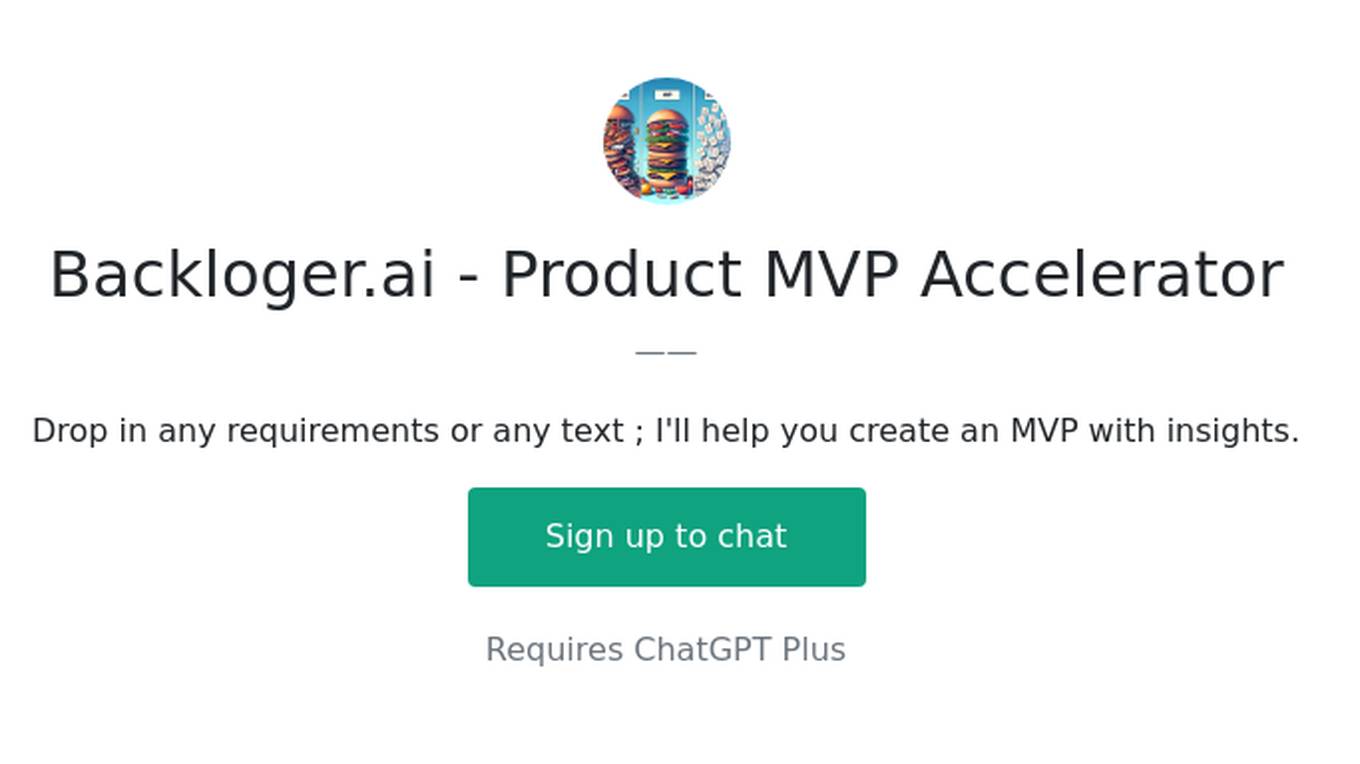
Backloger.ai - Product MVP Accelerator
Drop in any requirements or any text ; I'll help you create an MVP with insights.
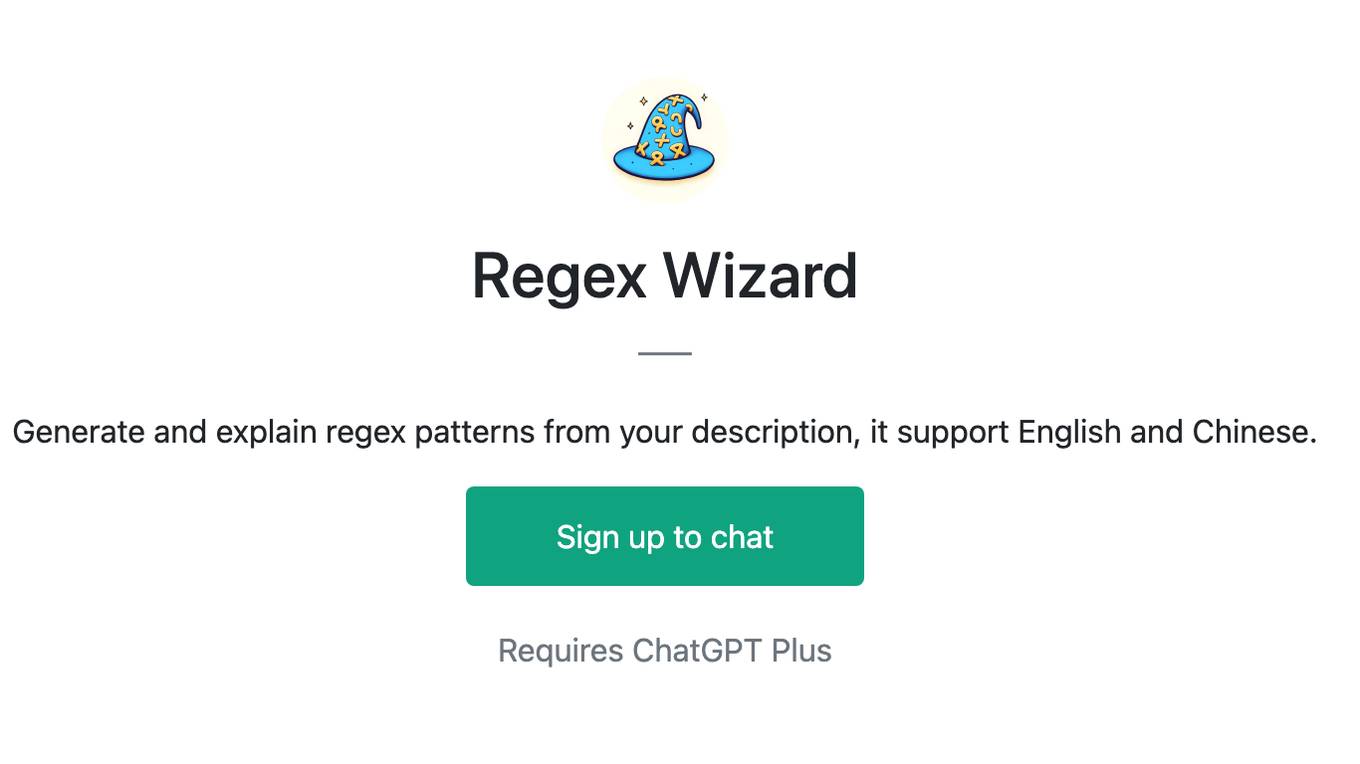
Regex Wizard
Generate and explain regex patterns from your description, it support English and Chinese.
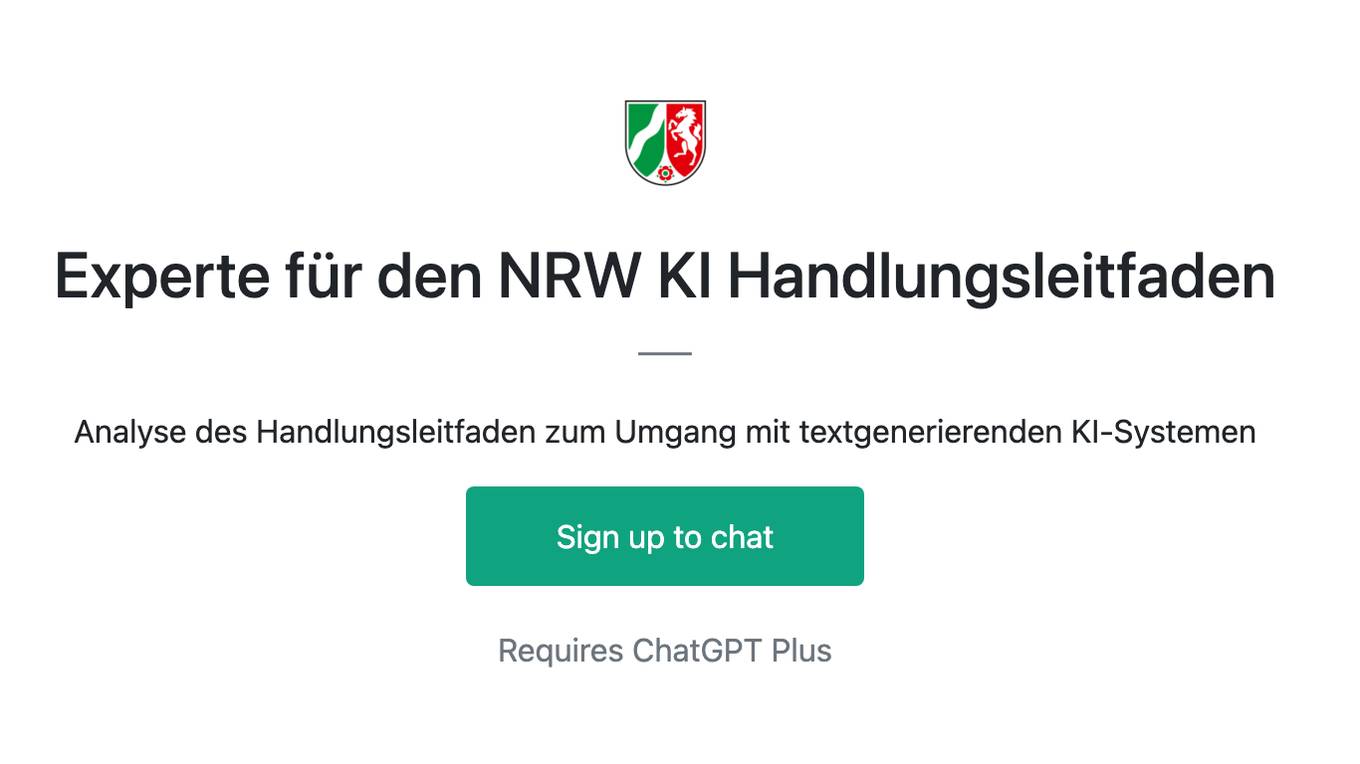
Experte für den NRW KI Handlungsleitfaden
Analyse des Handlungsleitfaden zum Umgang mit textgenerierenden KI-Systemen

AITrendsGPT
Guide in AI careers, startups, trends, and discovering various GPTs. Expert in upskilling and insights on generative AI and active GPTs.
